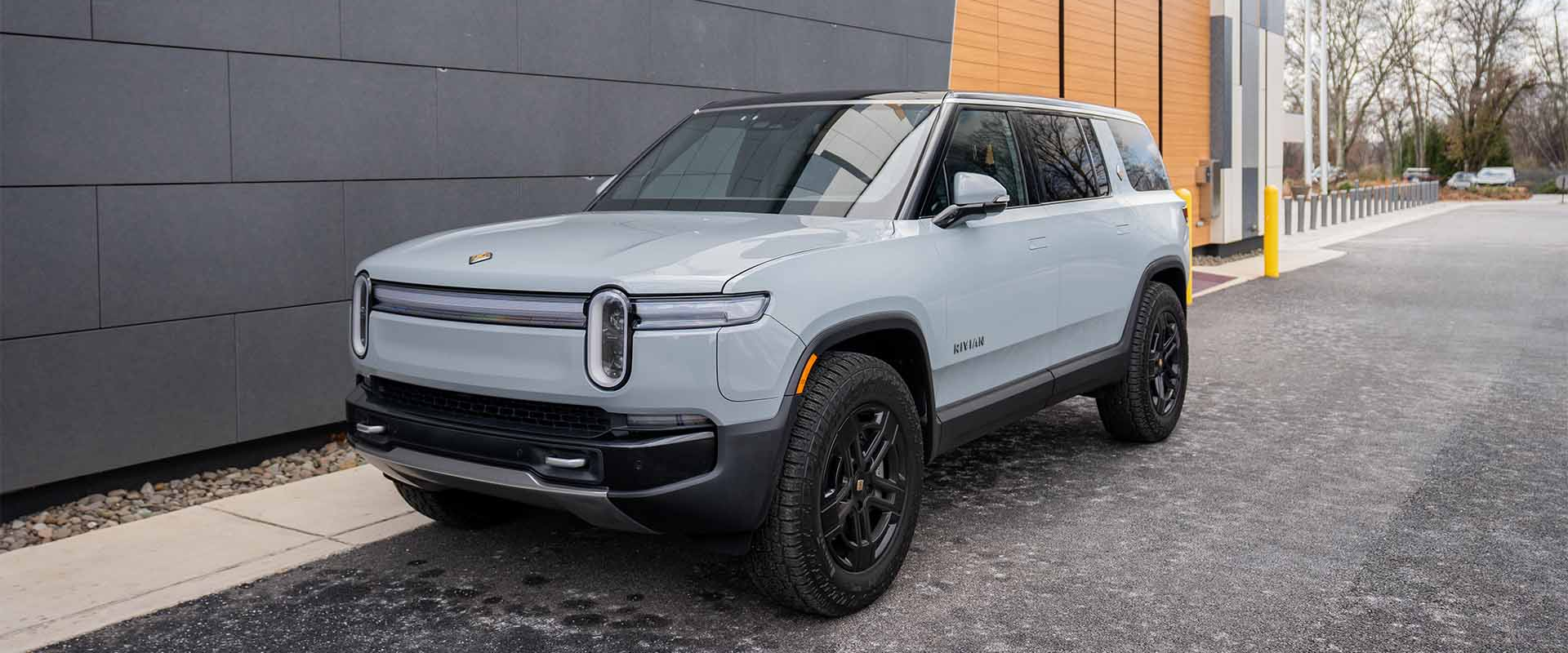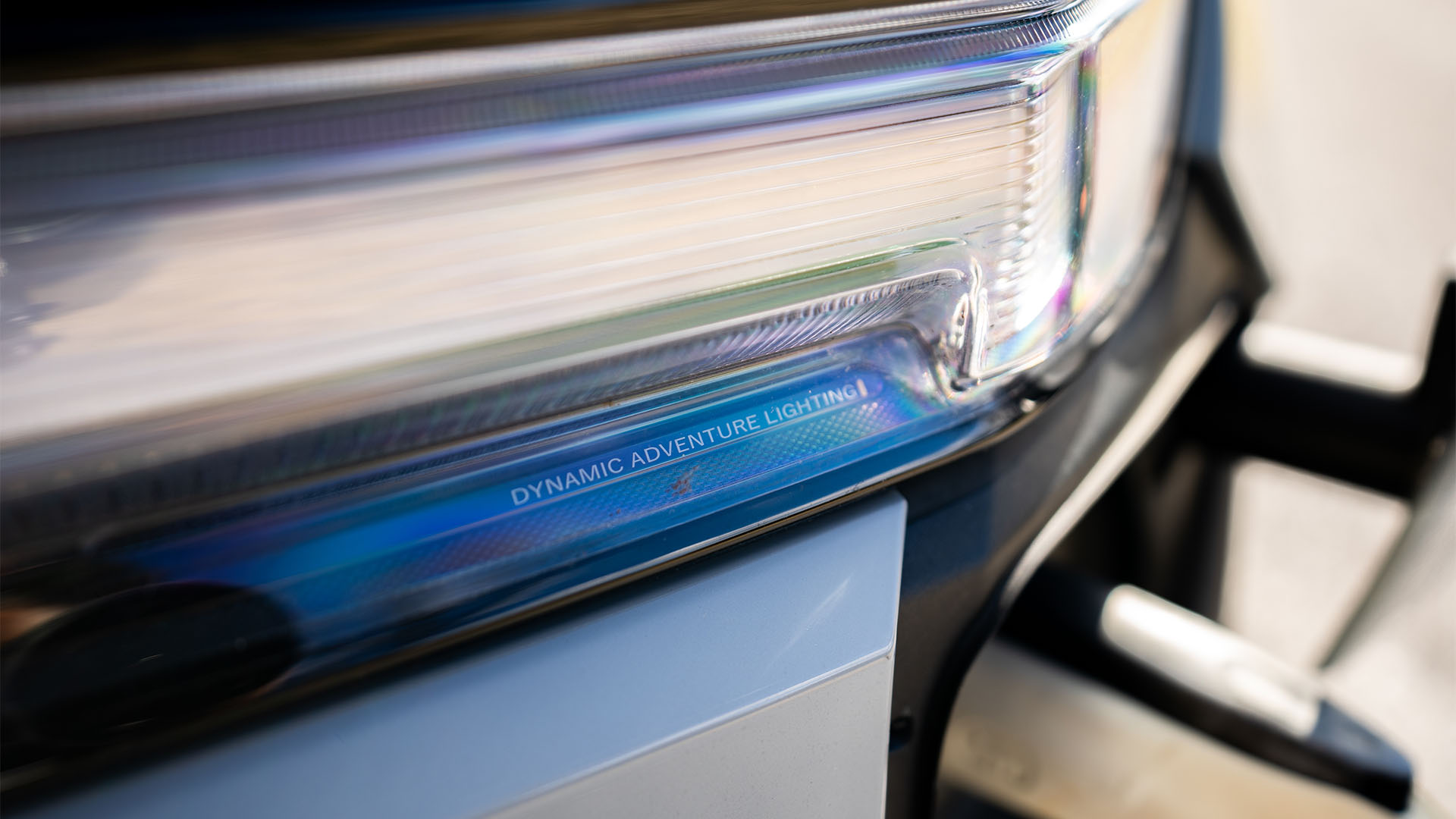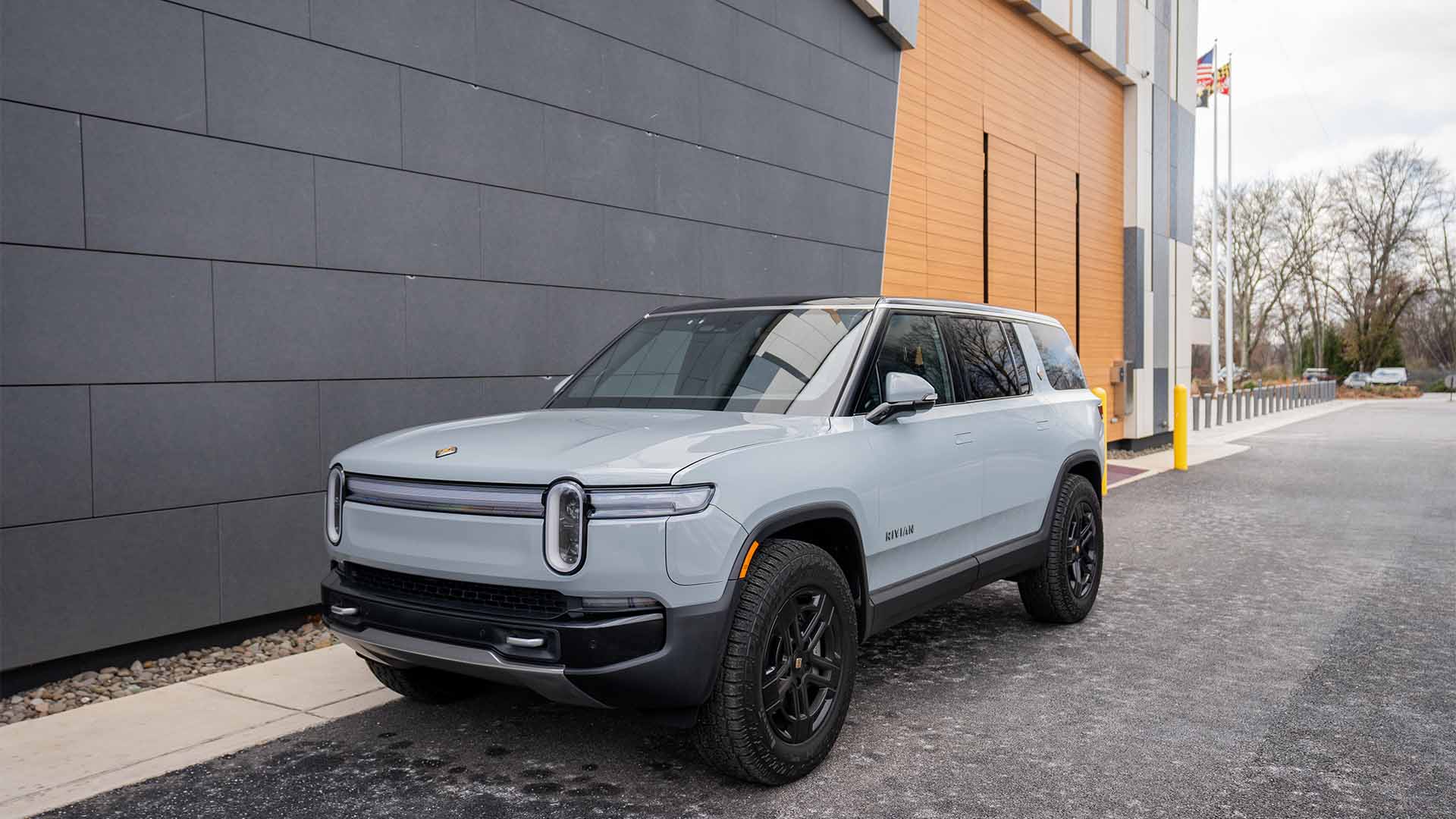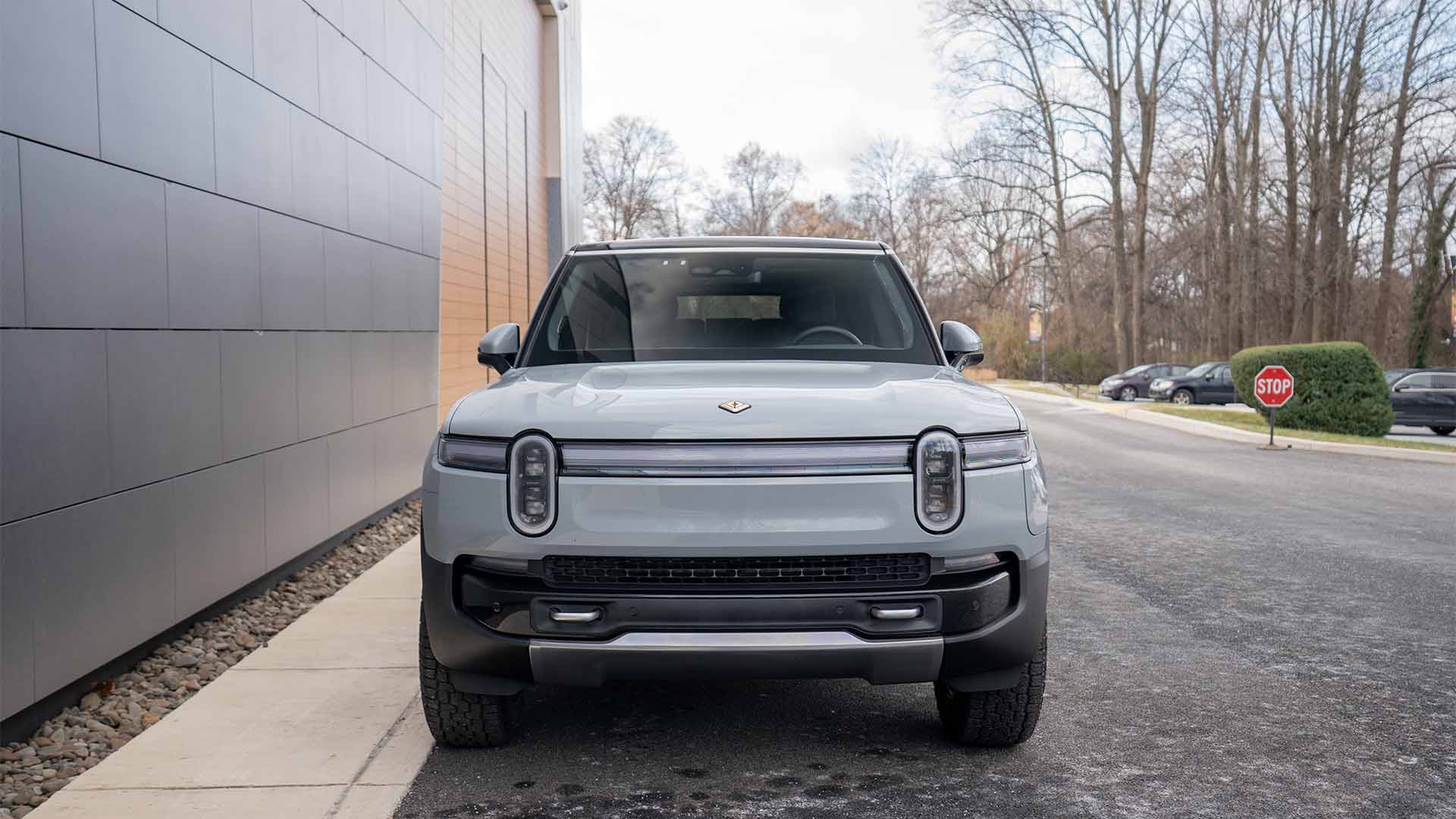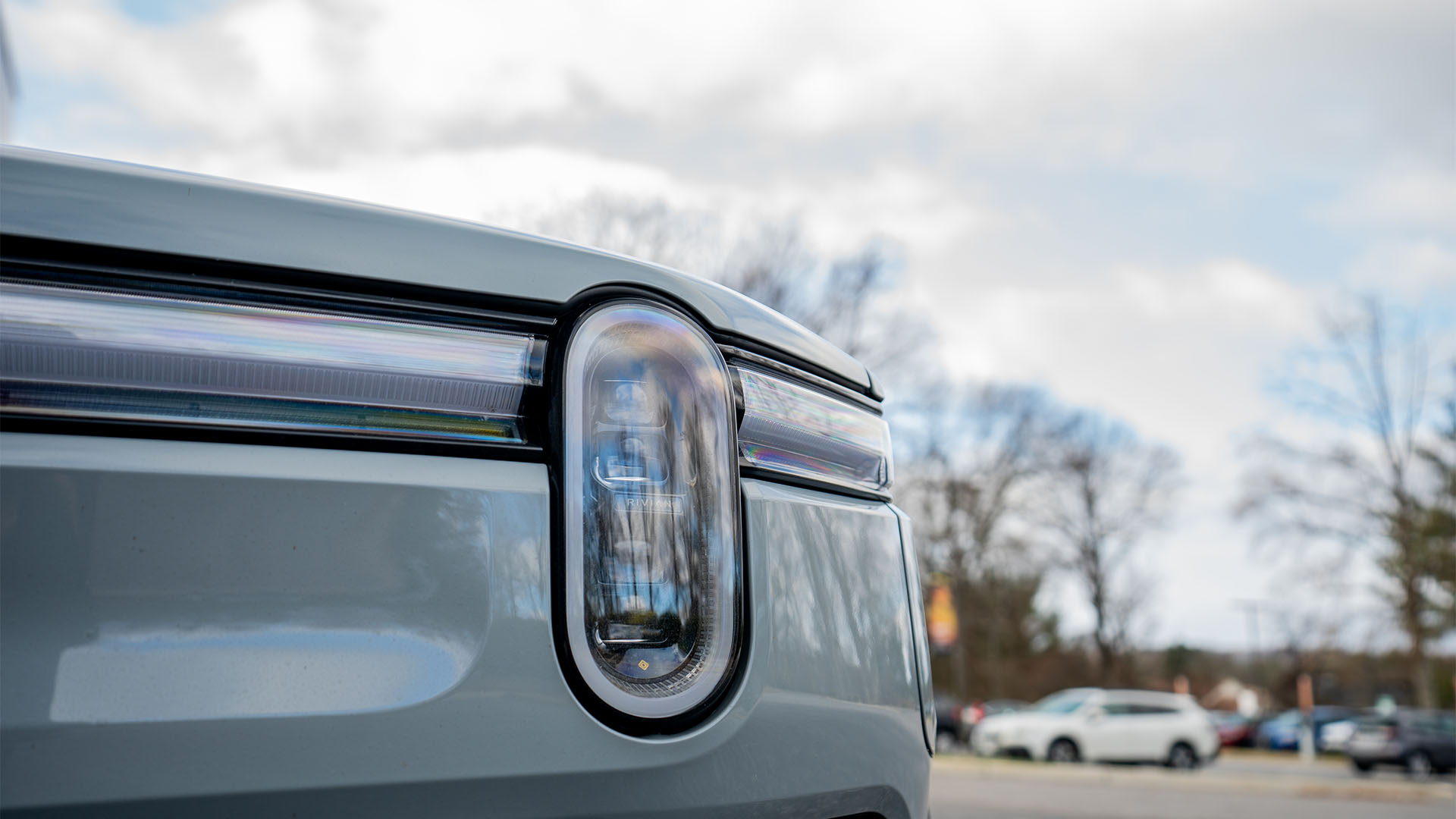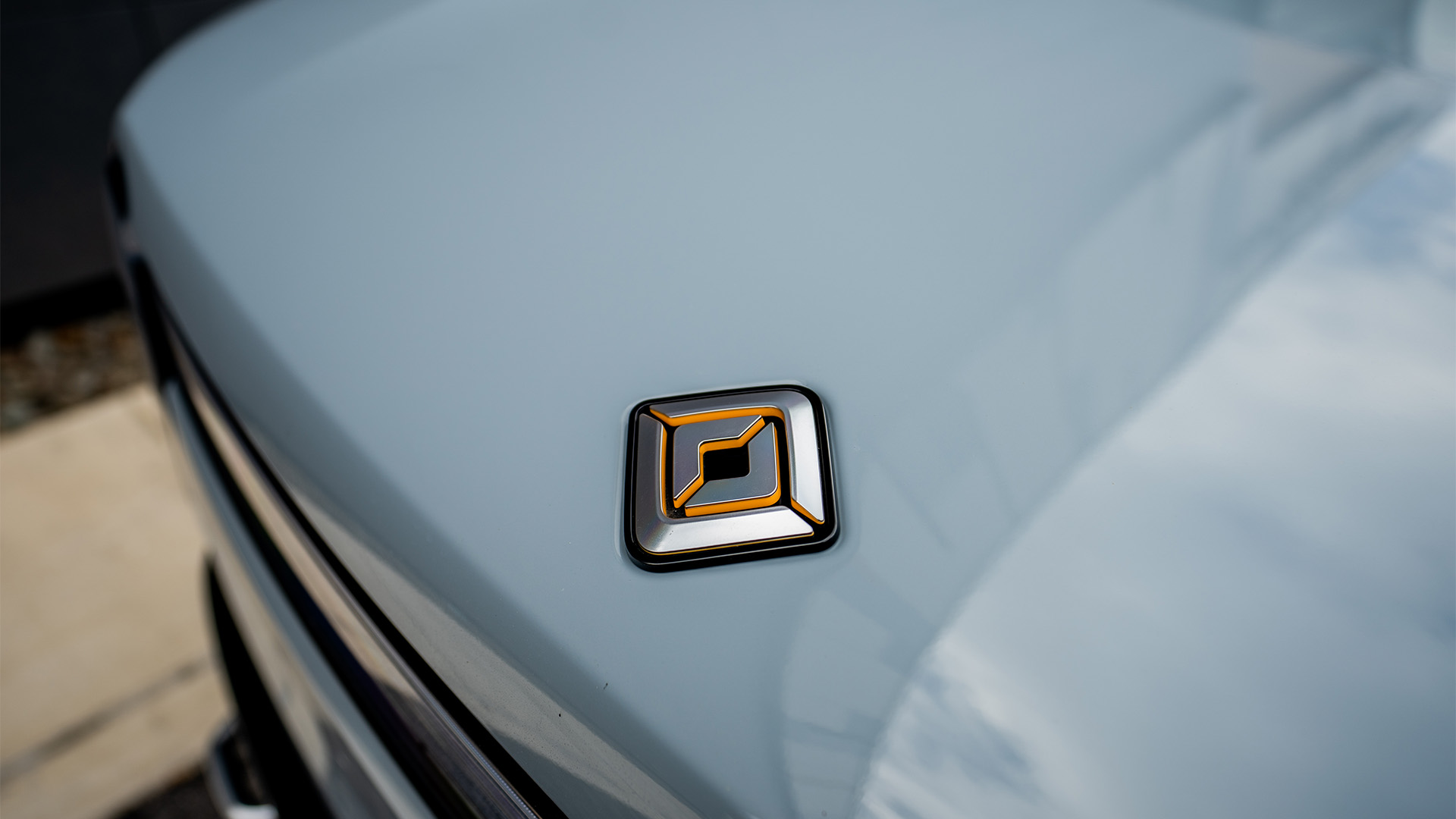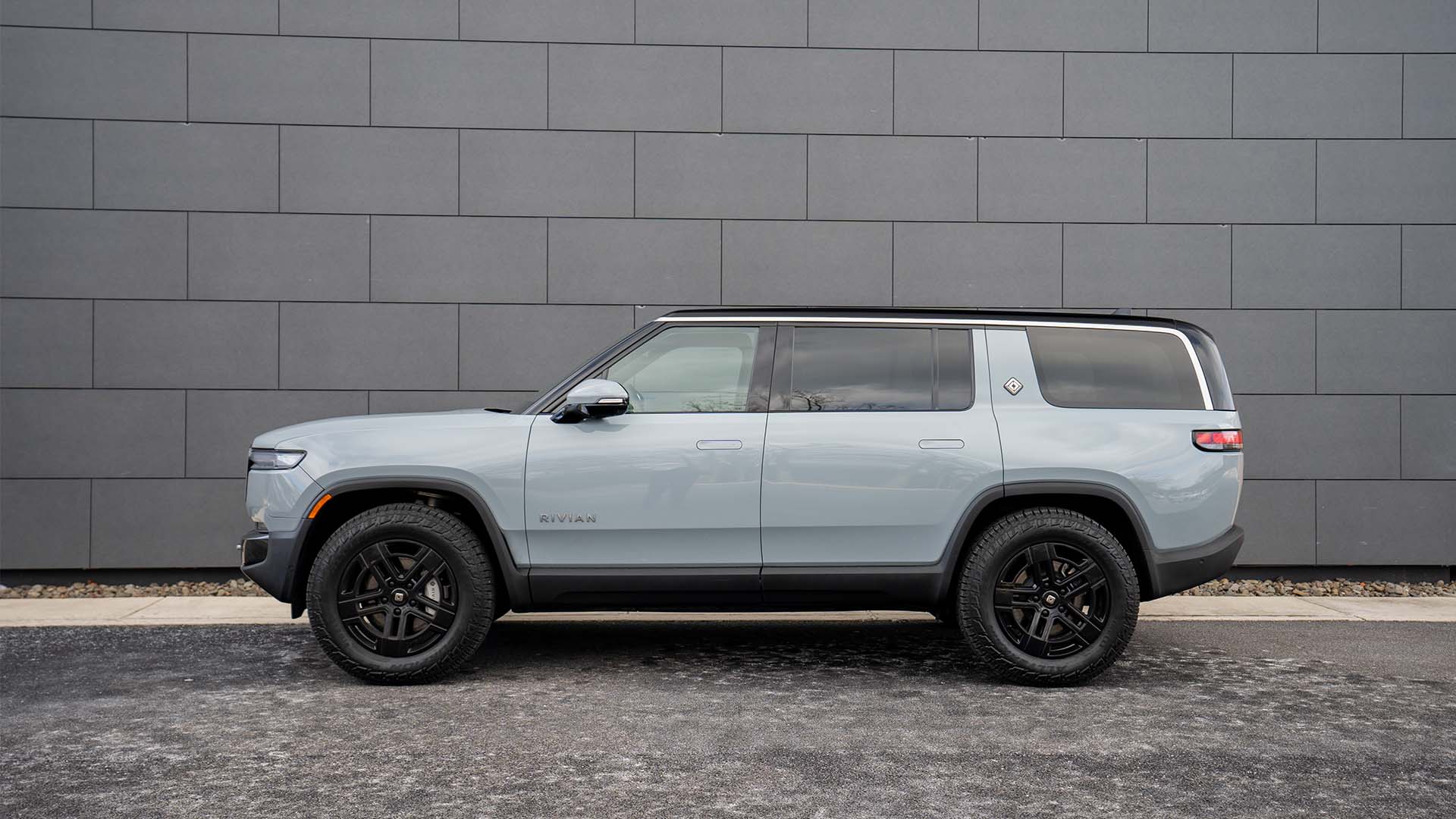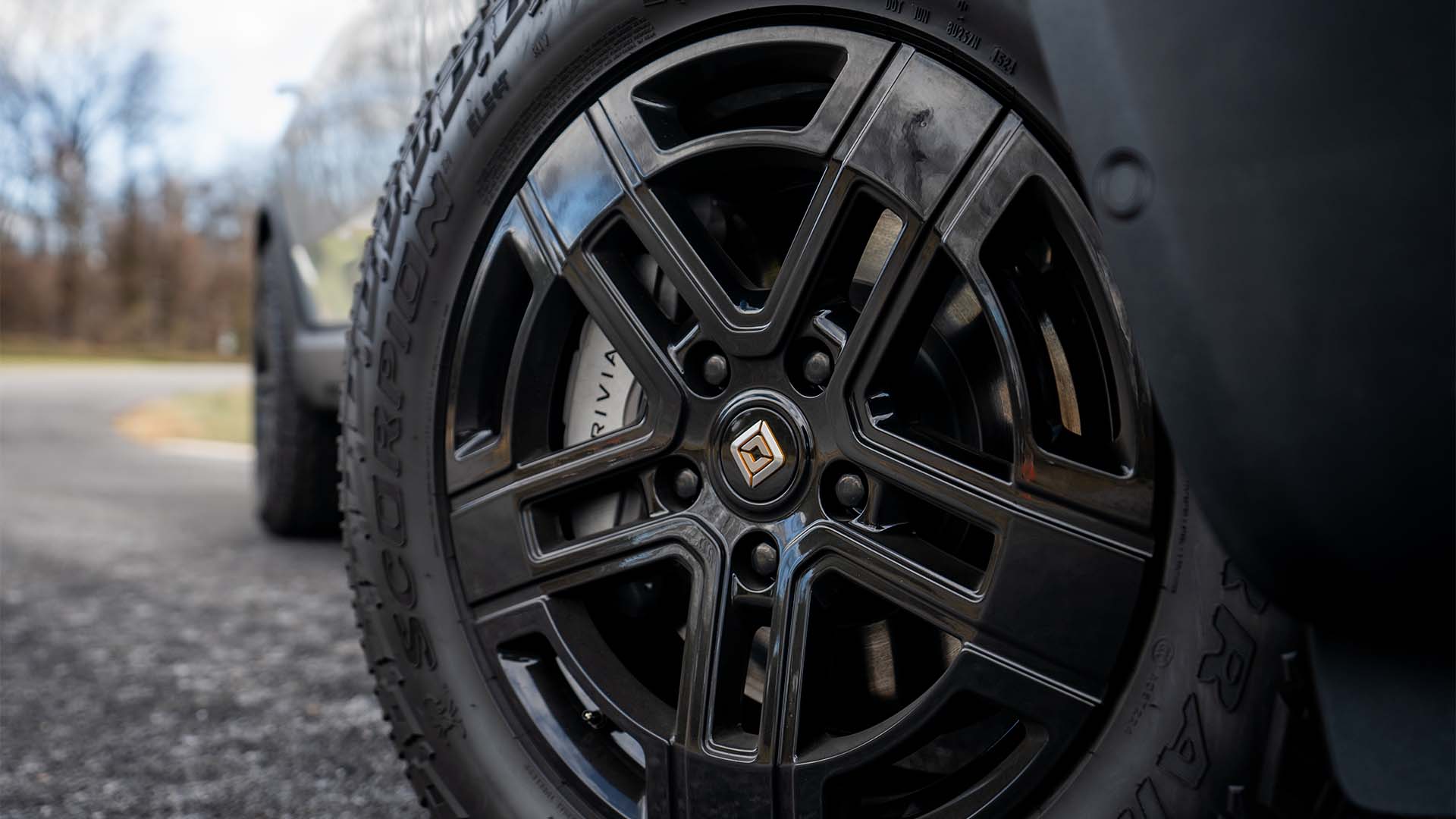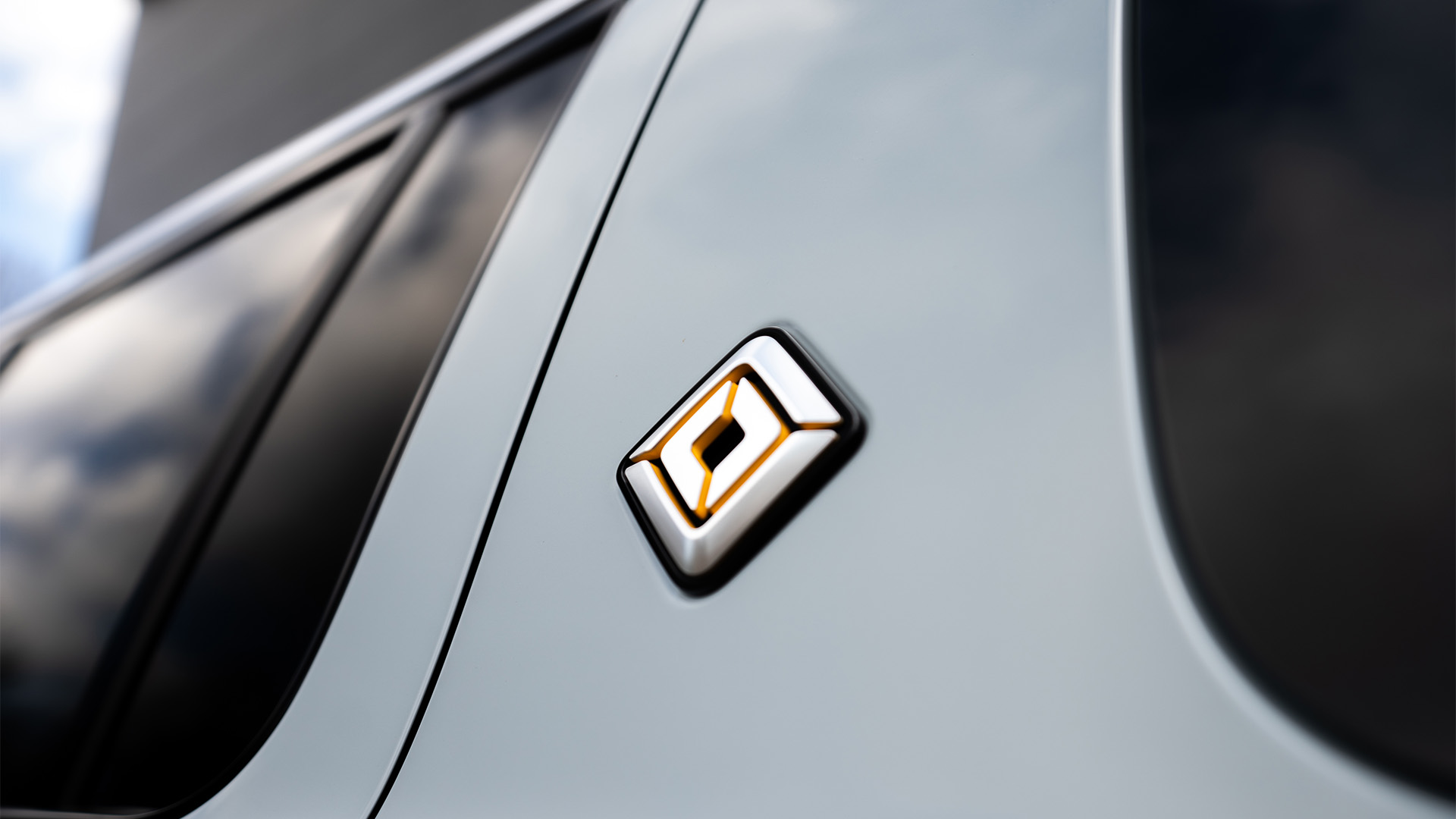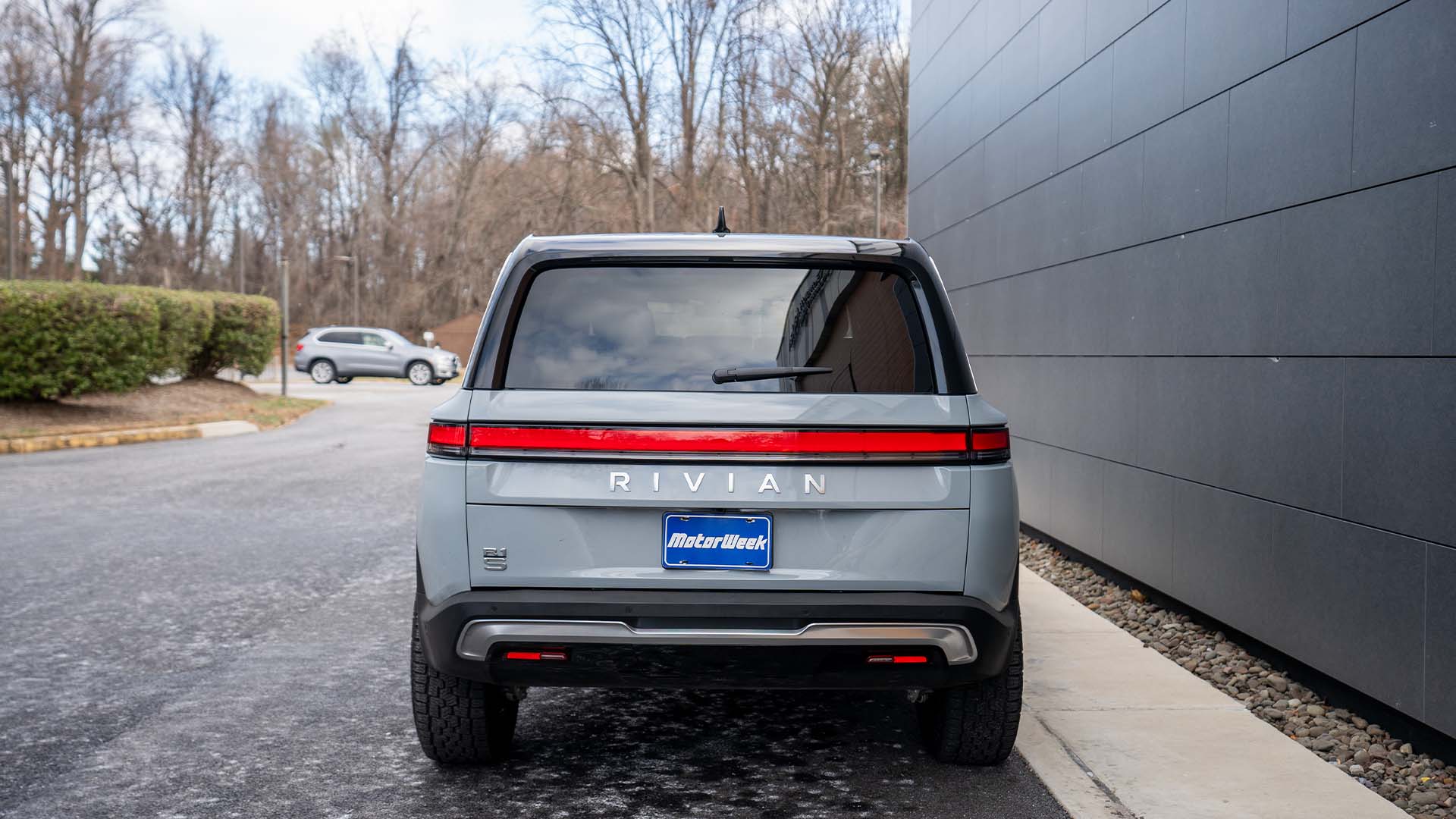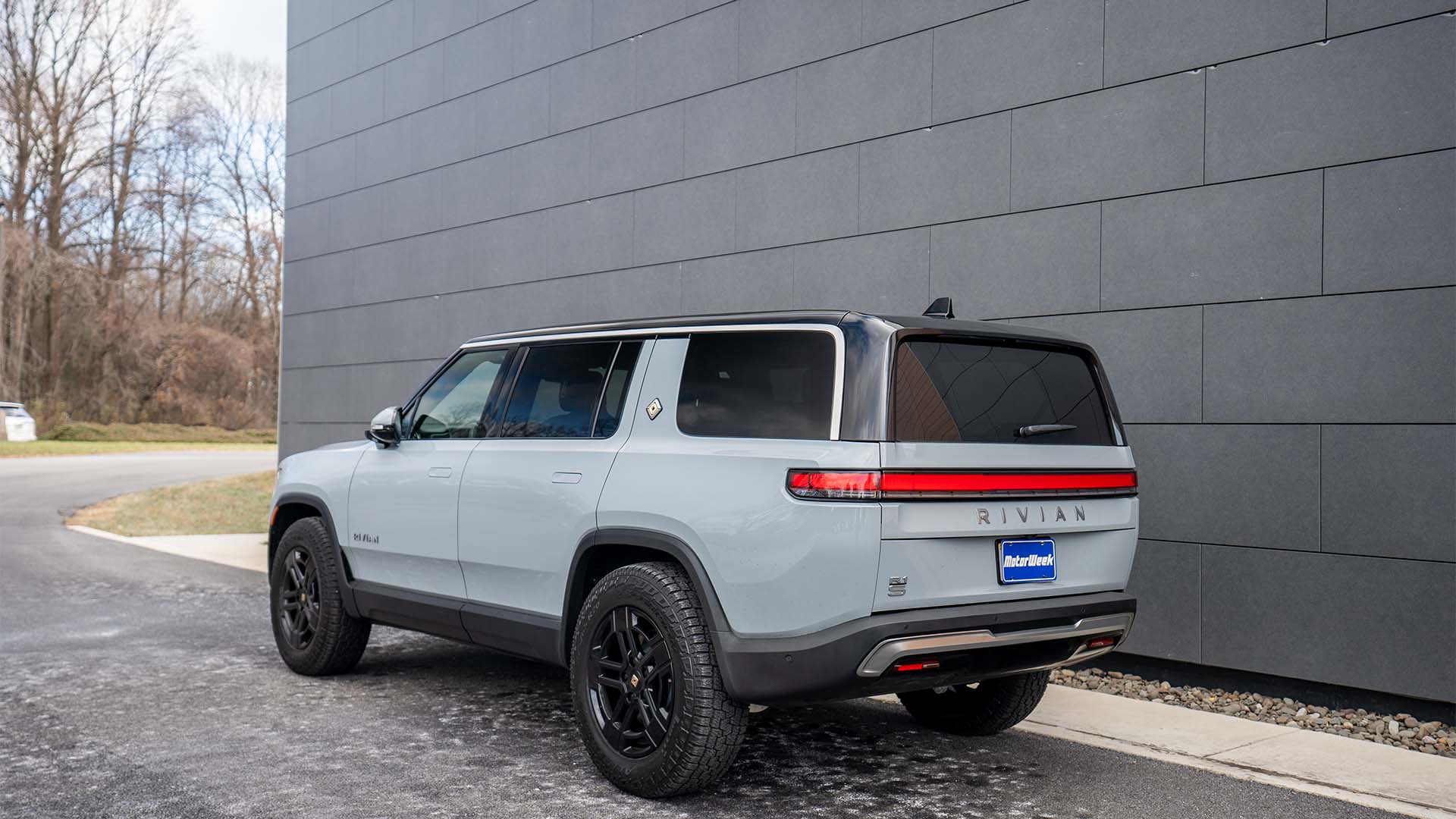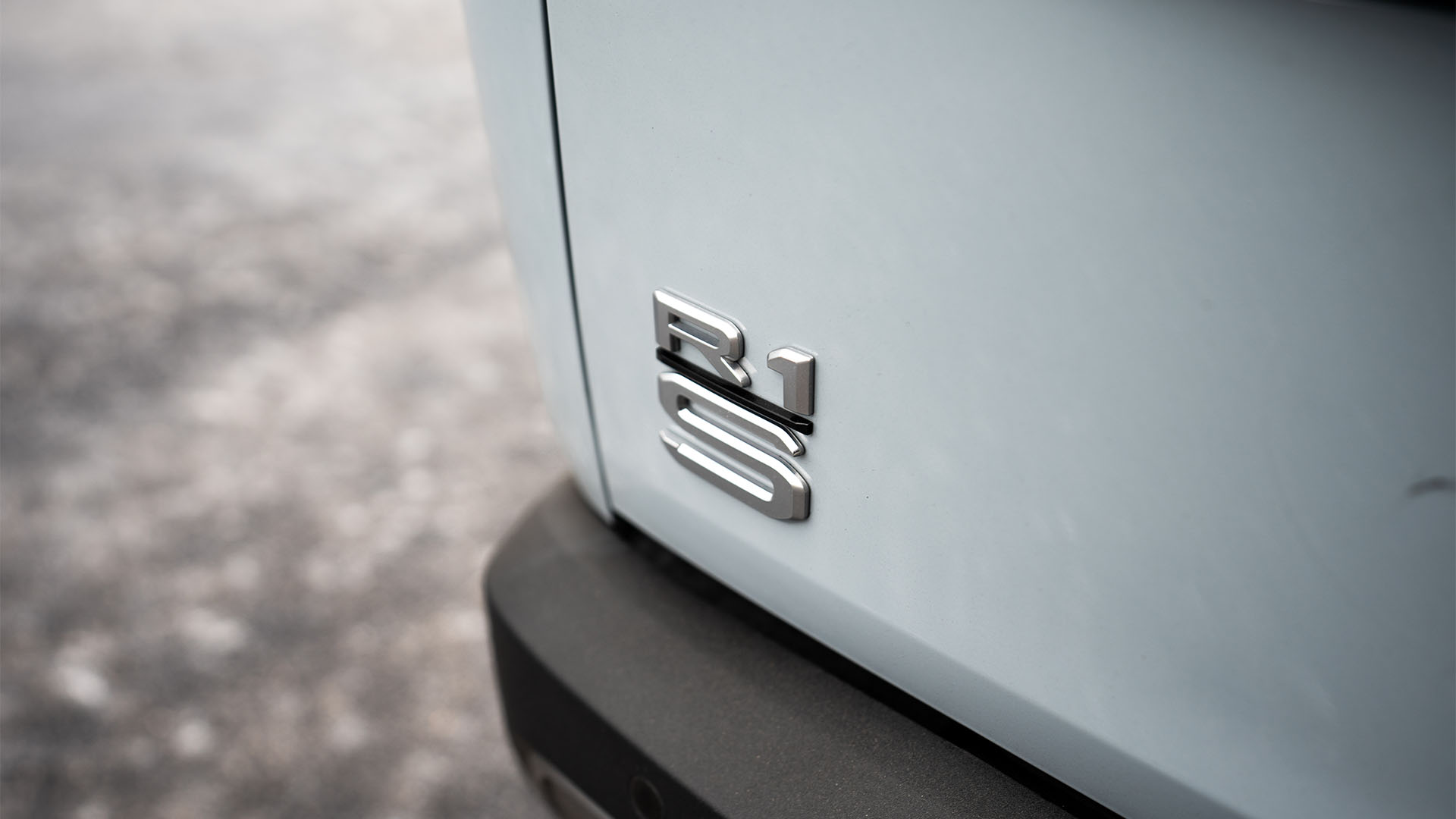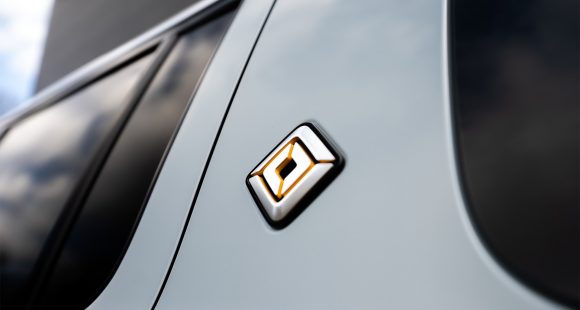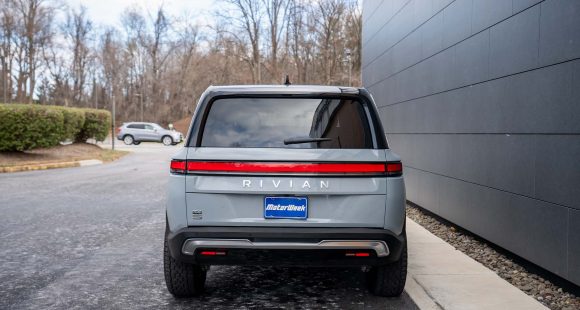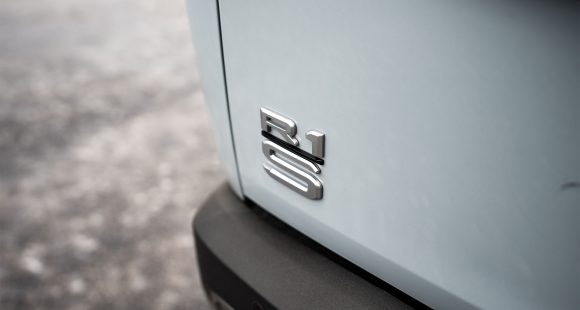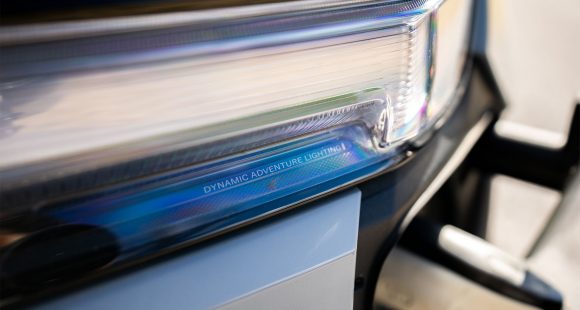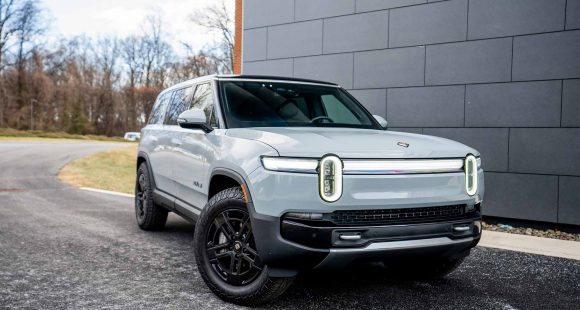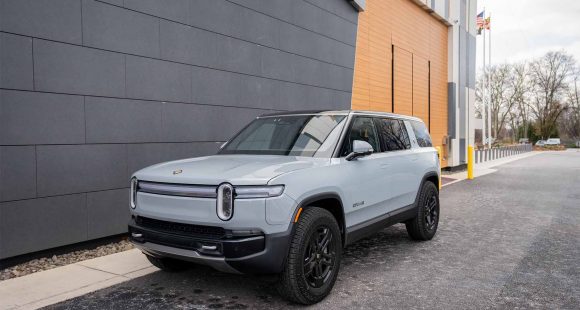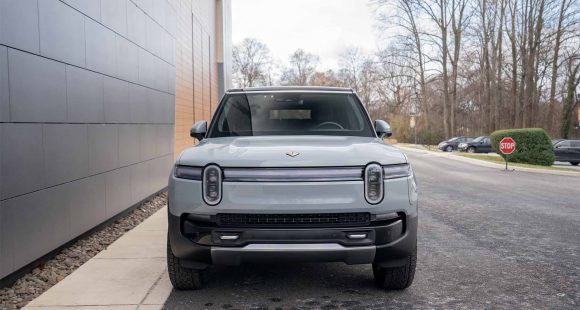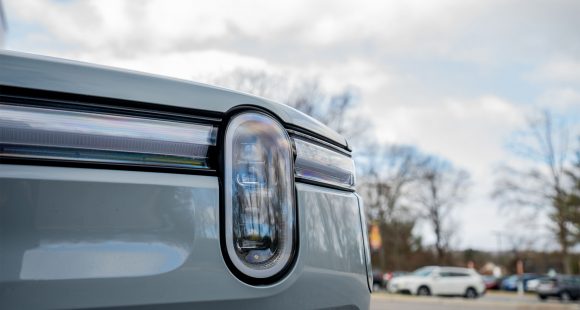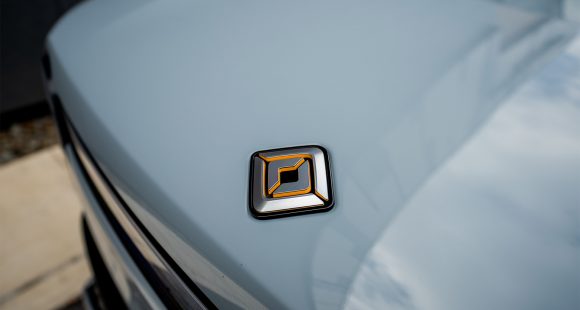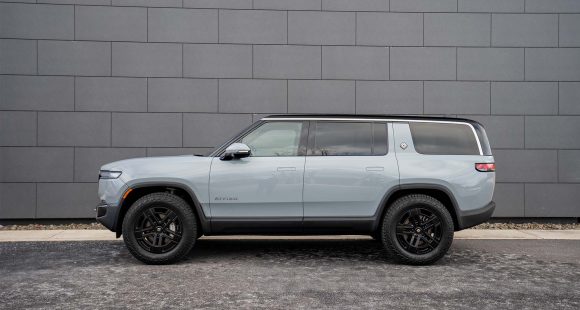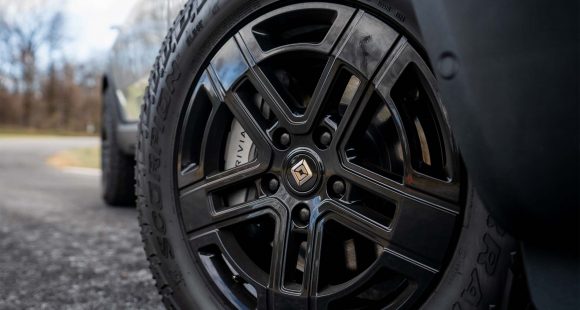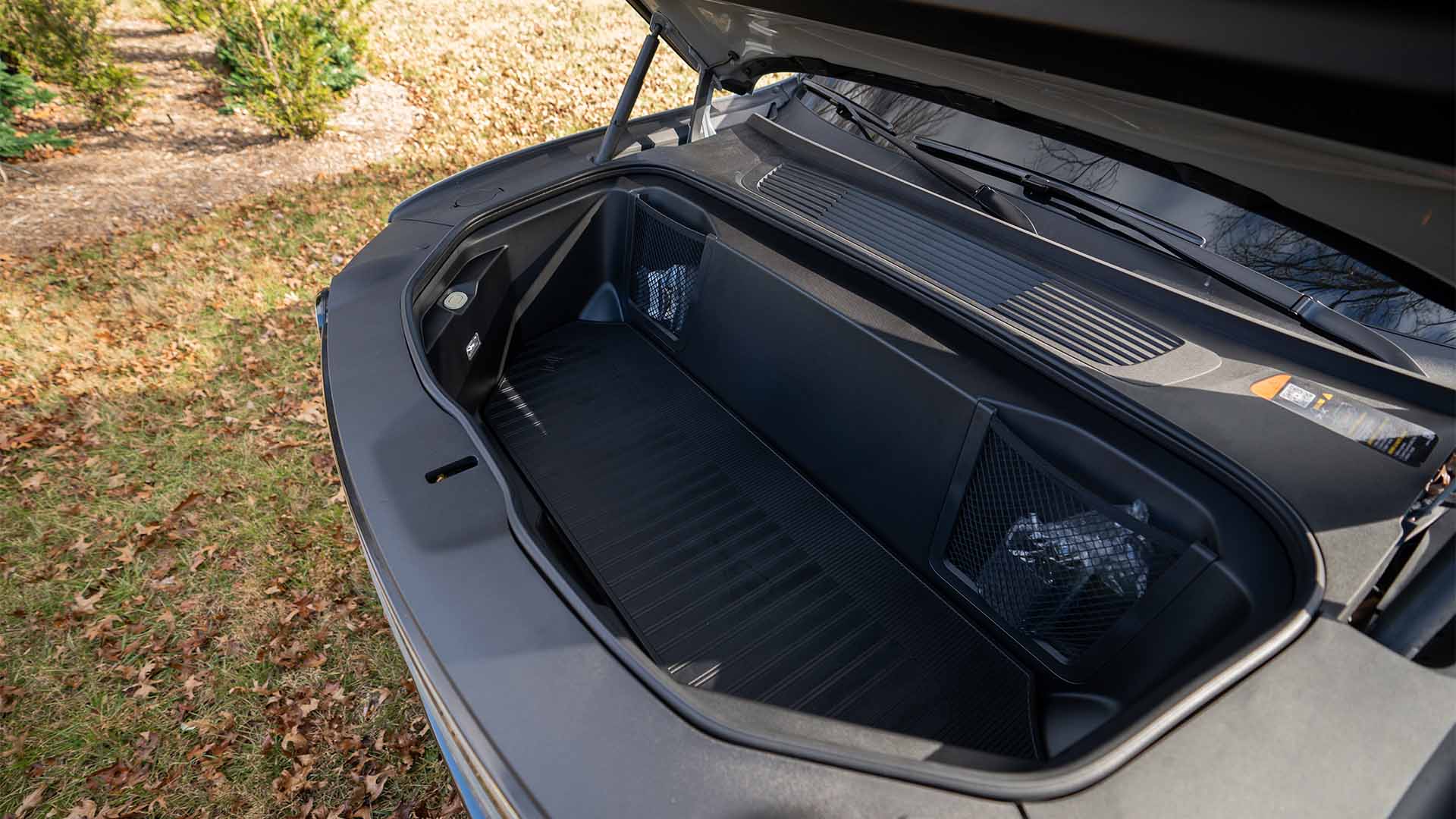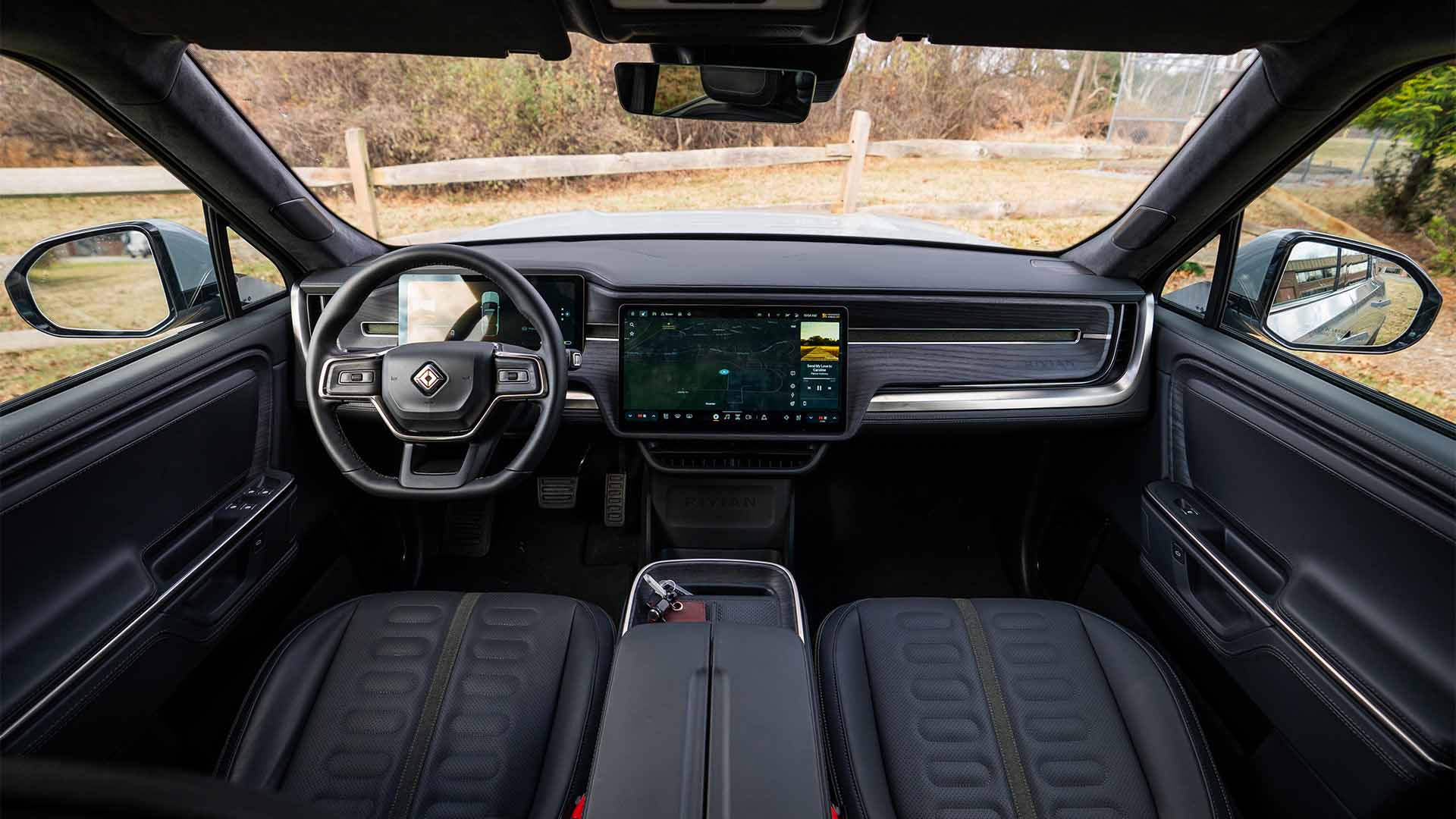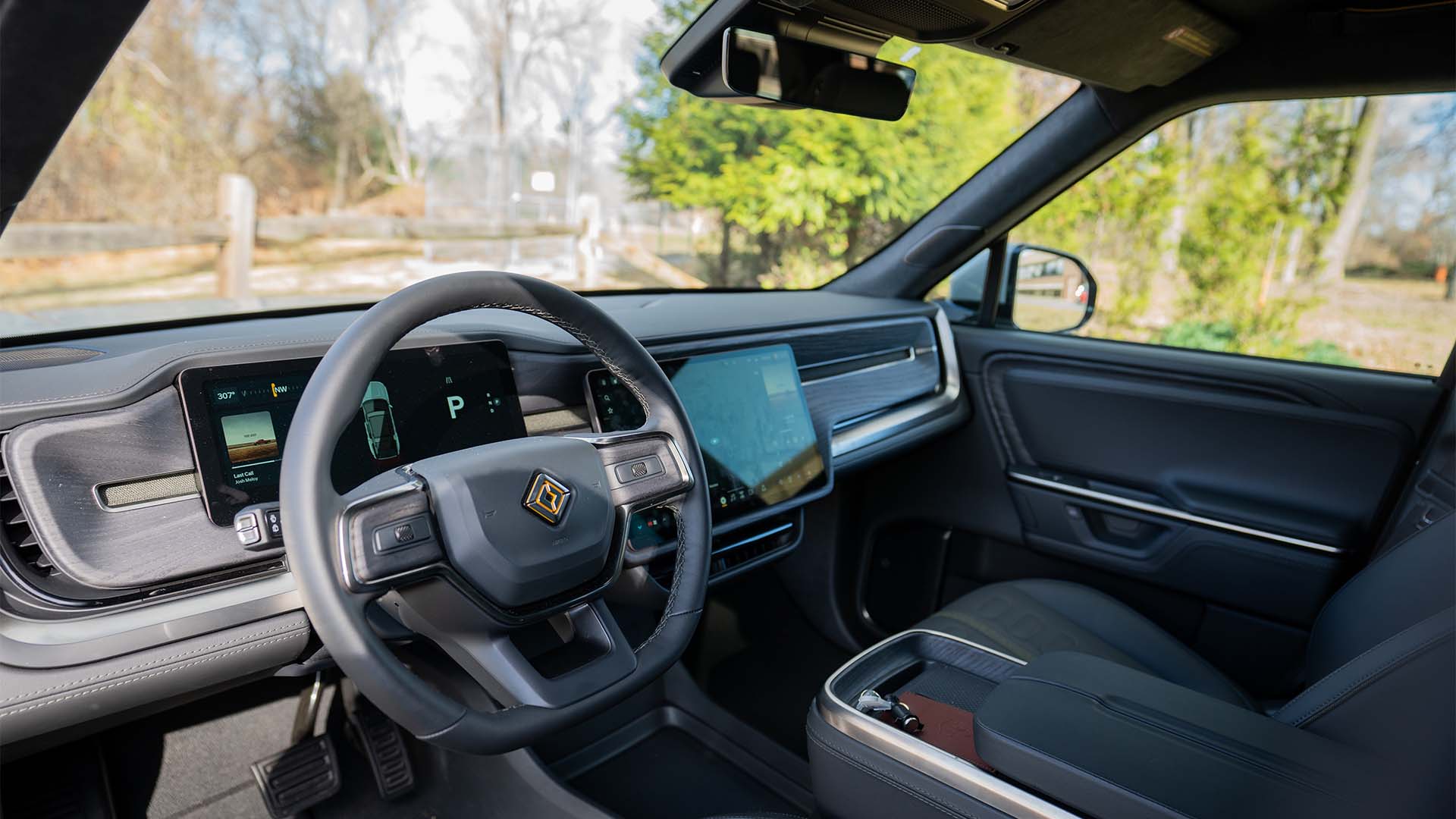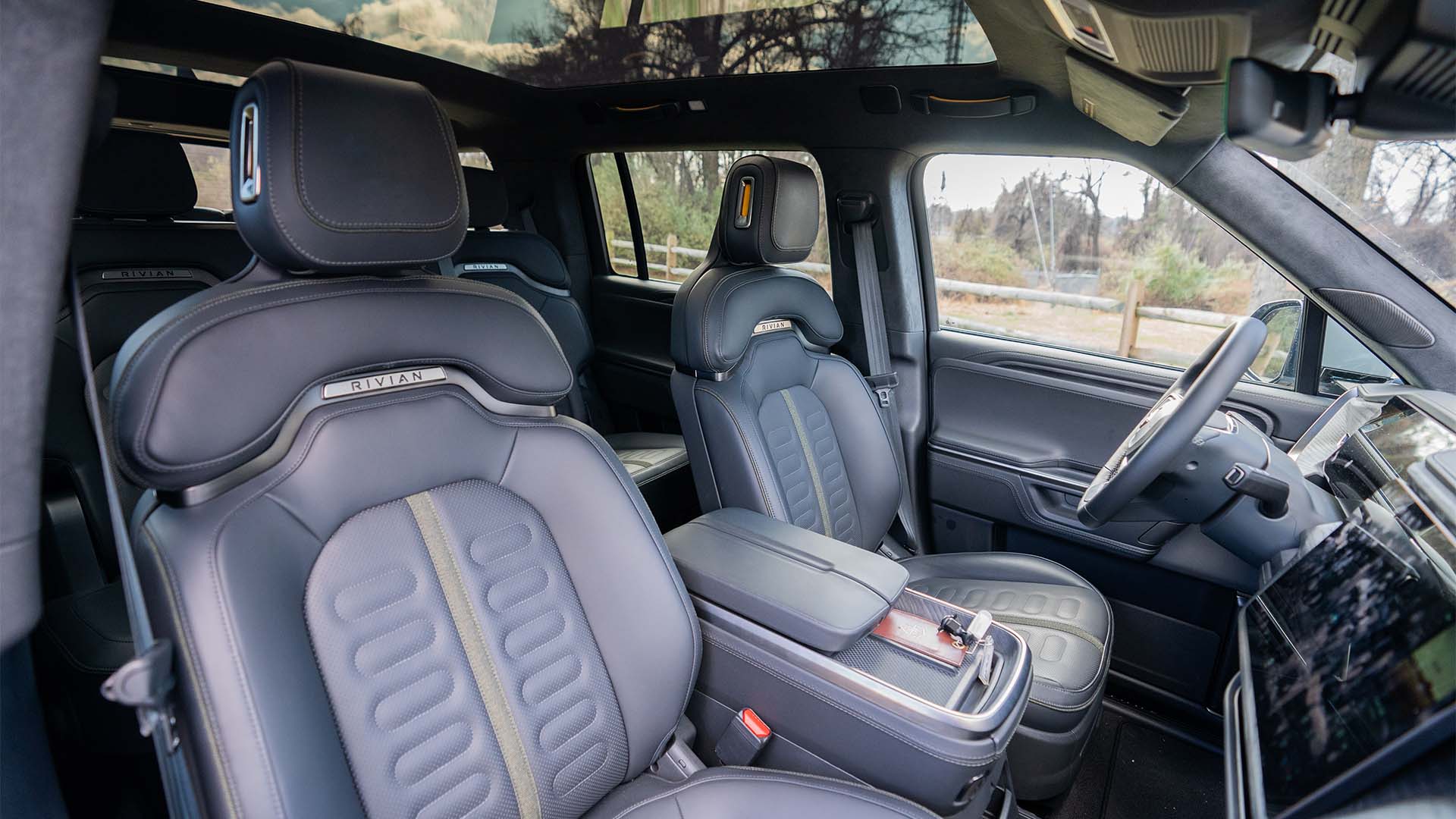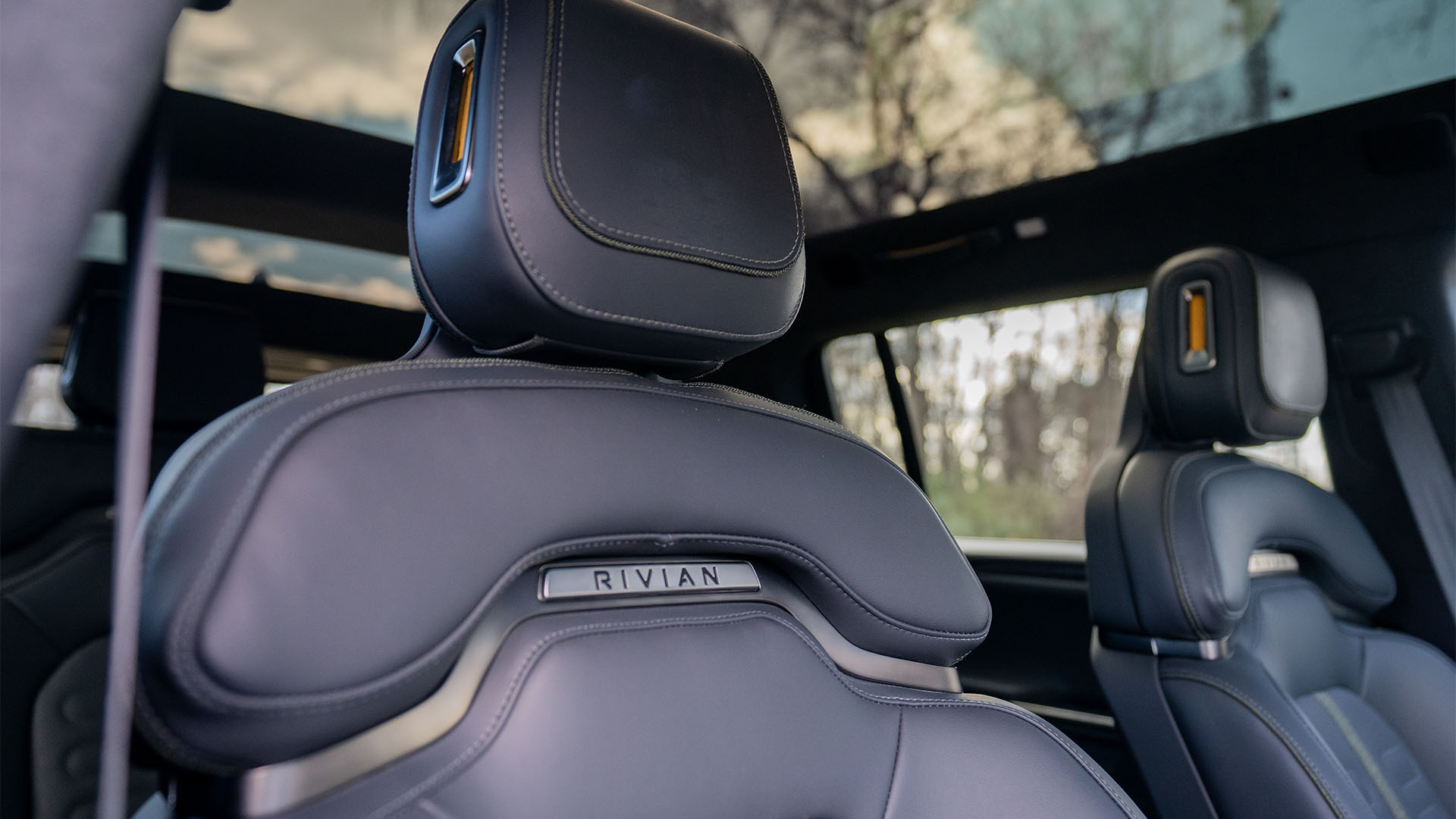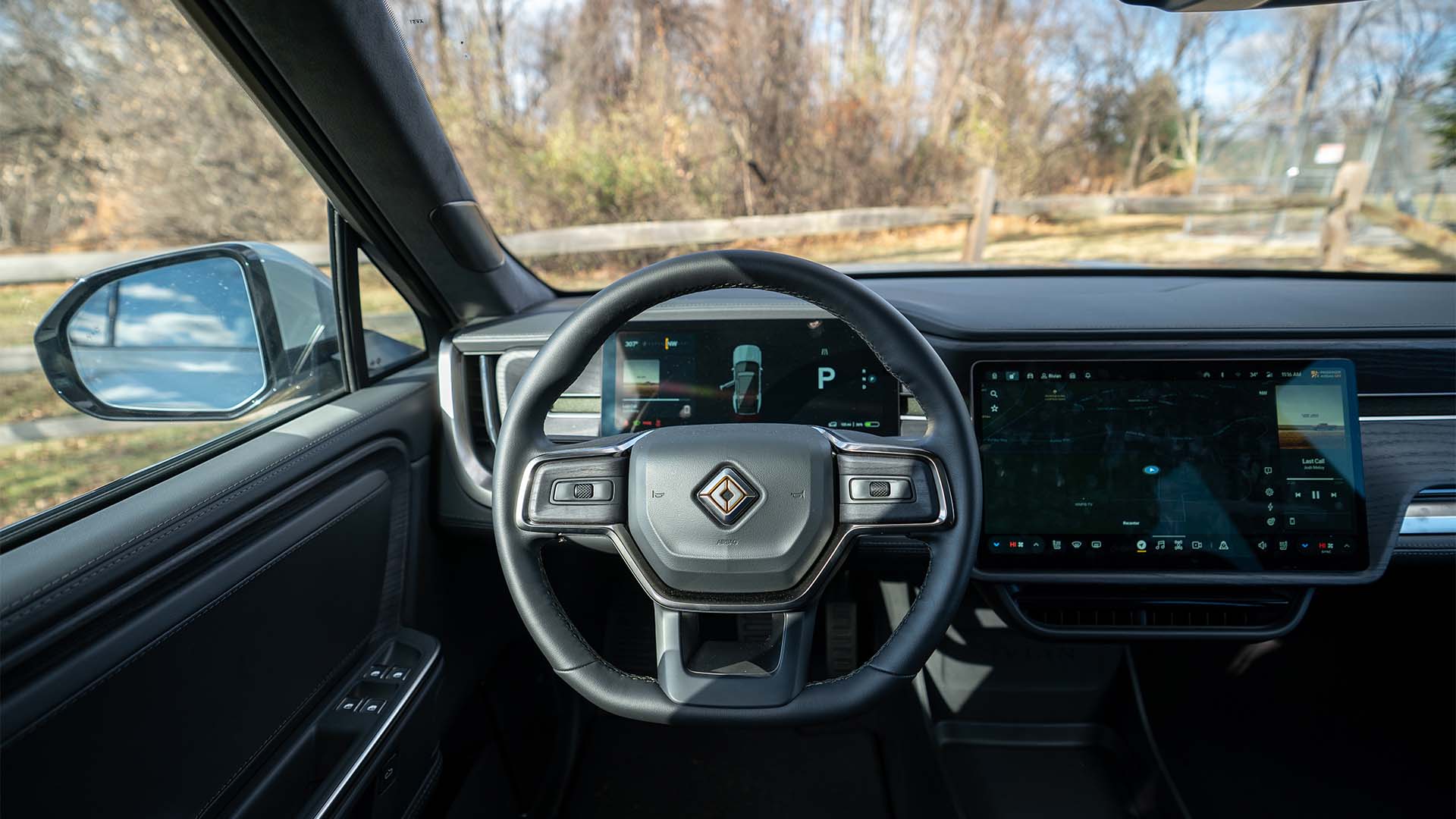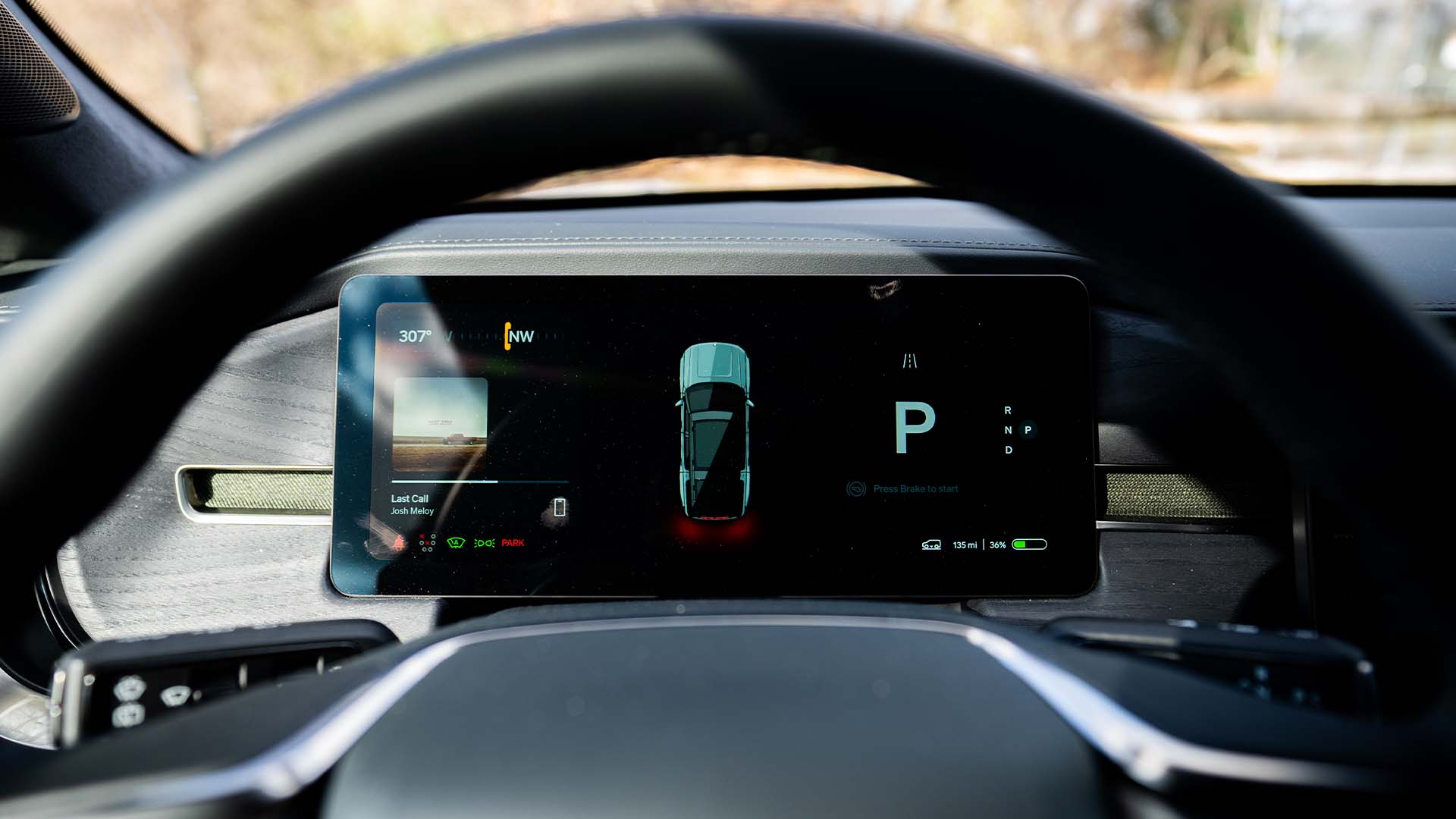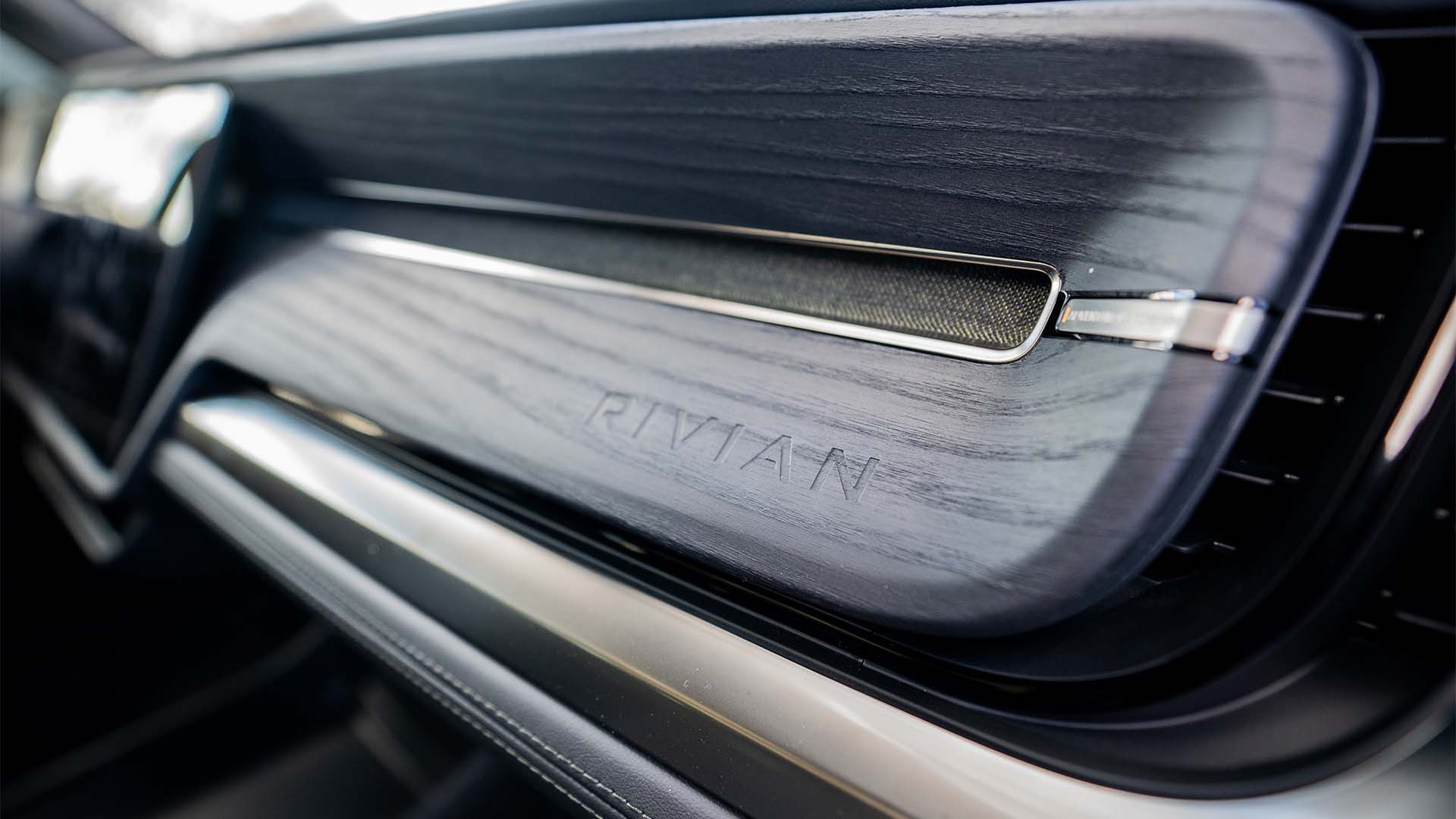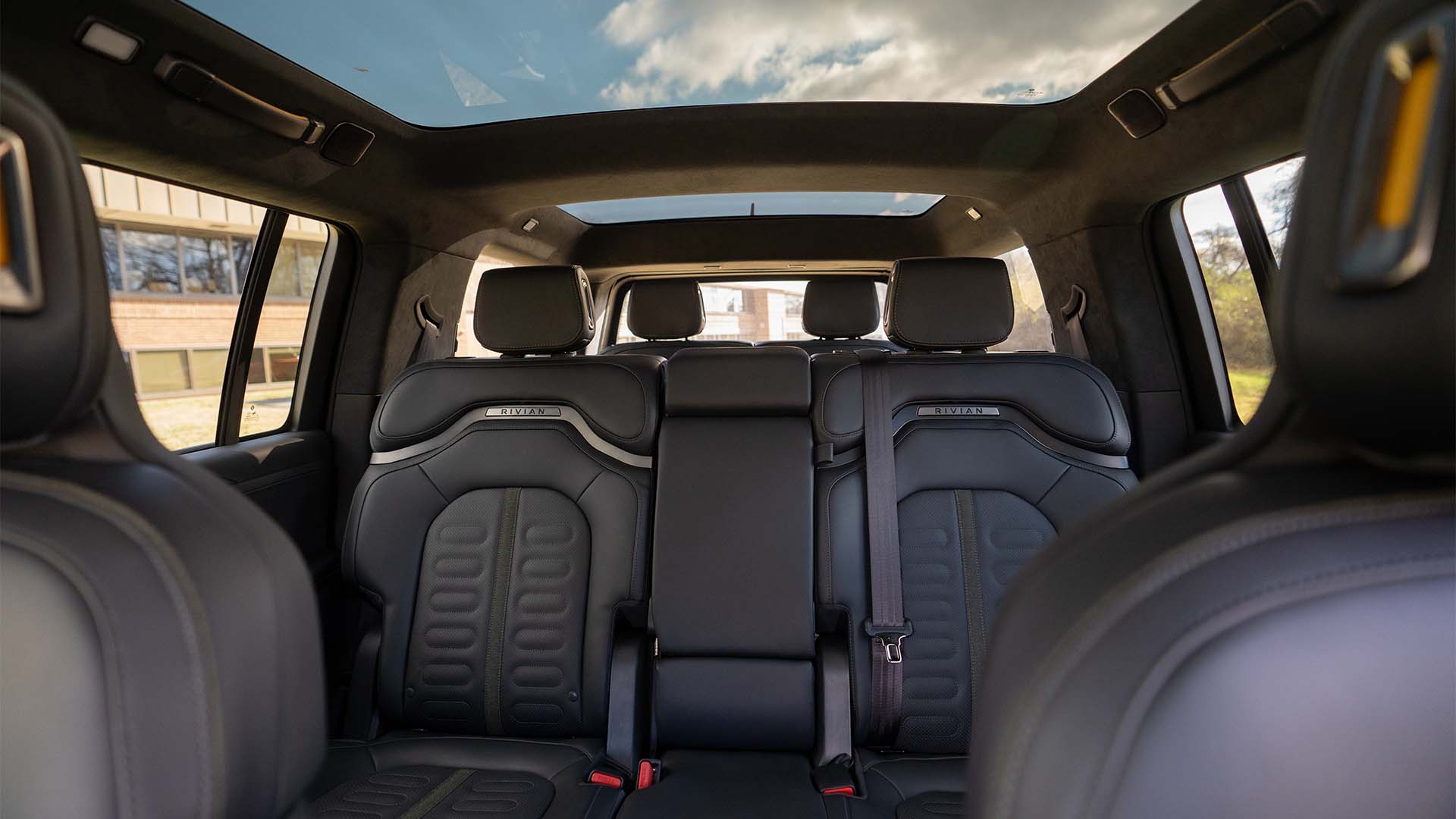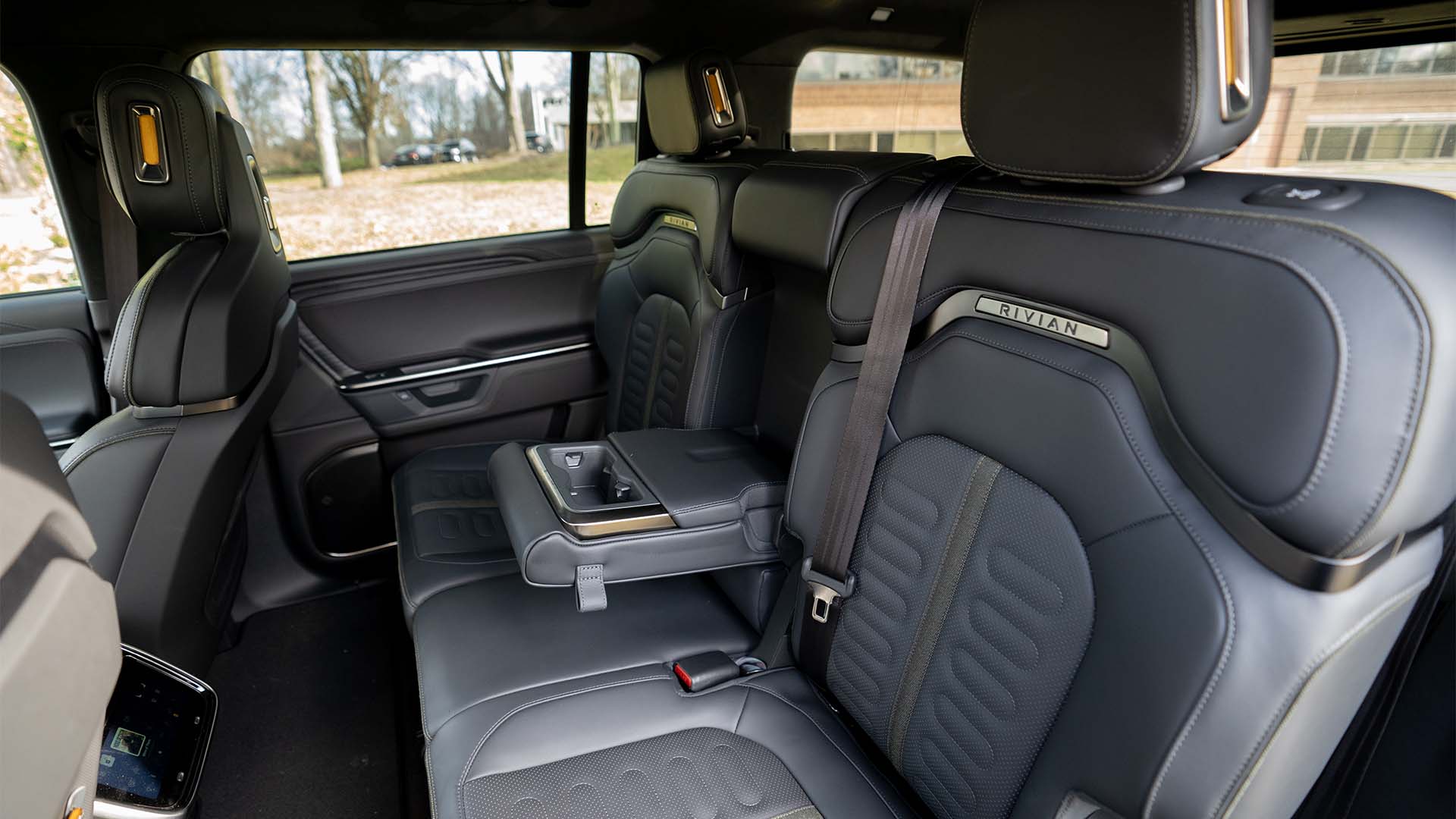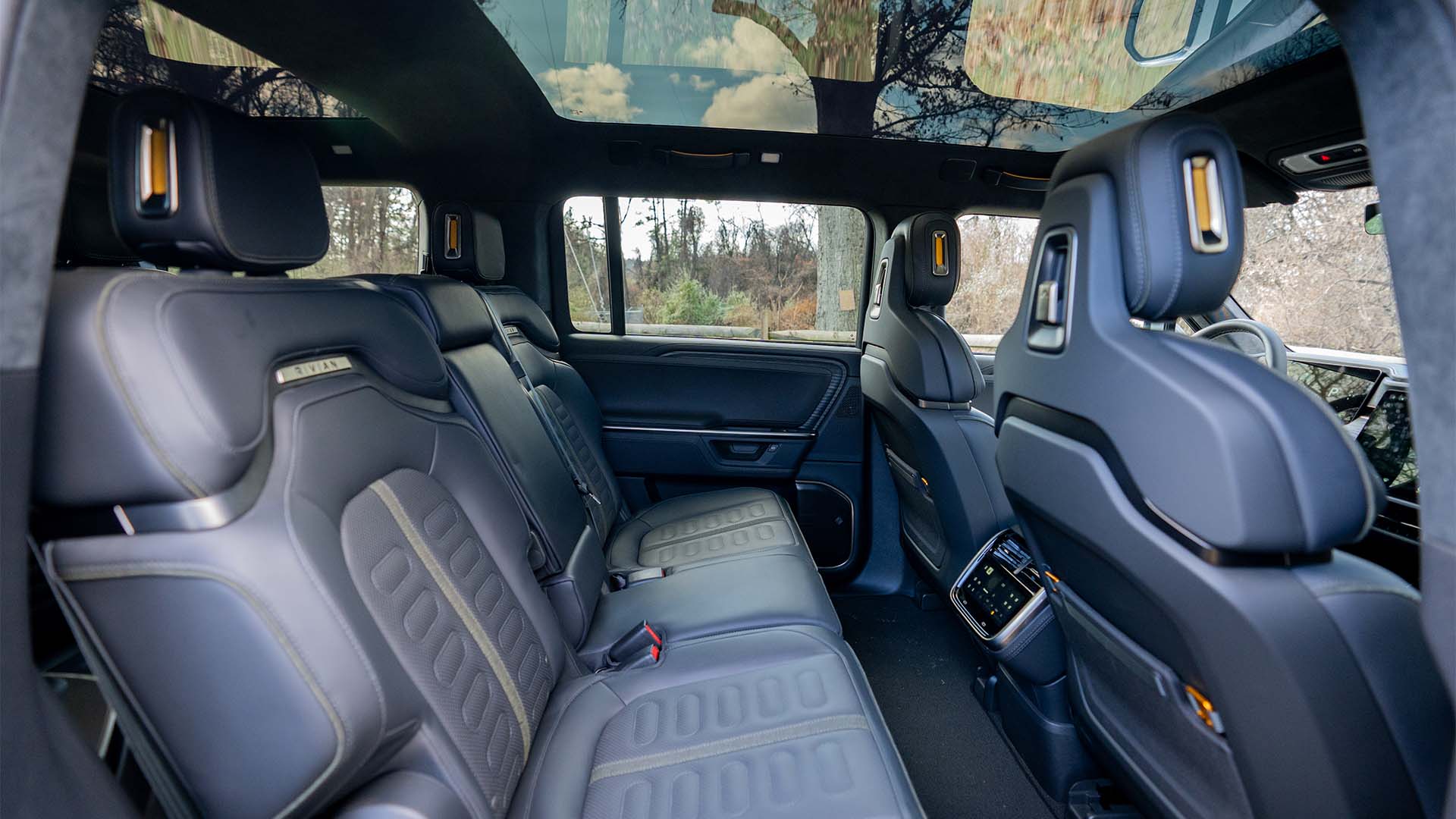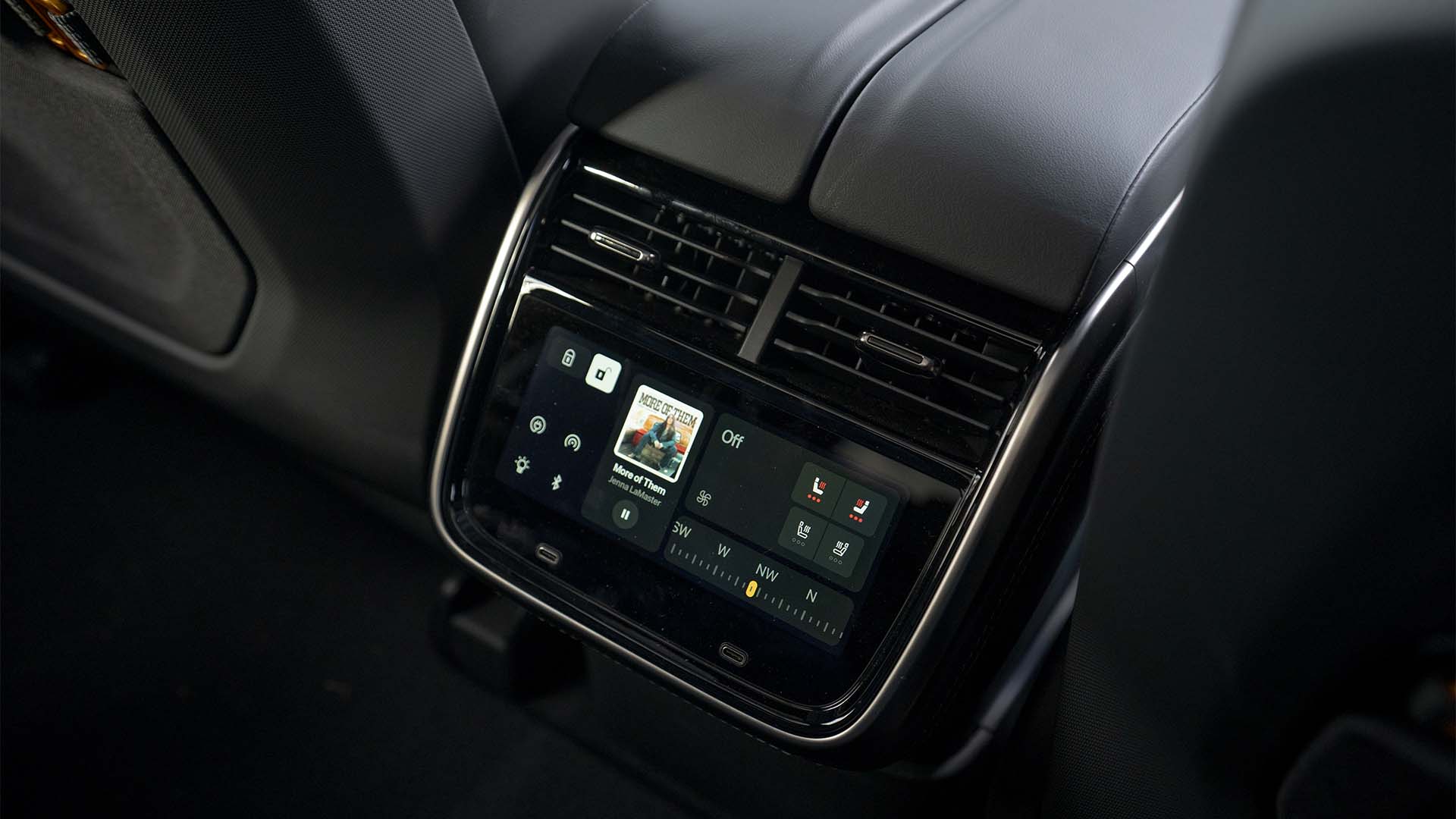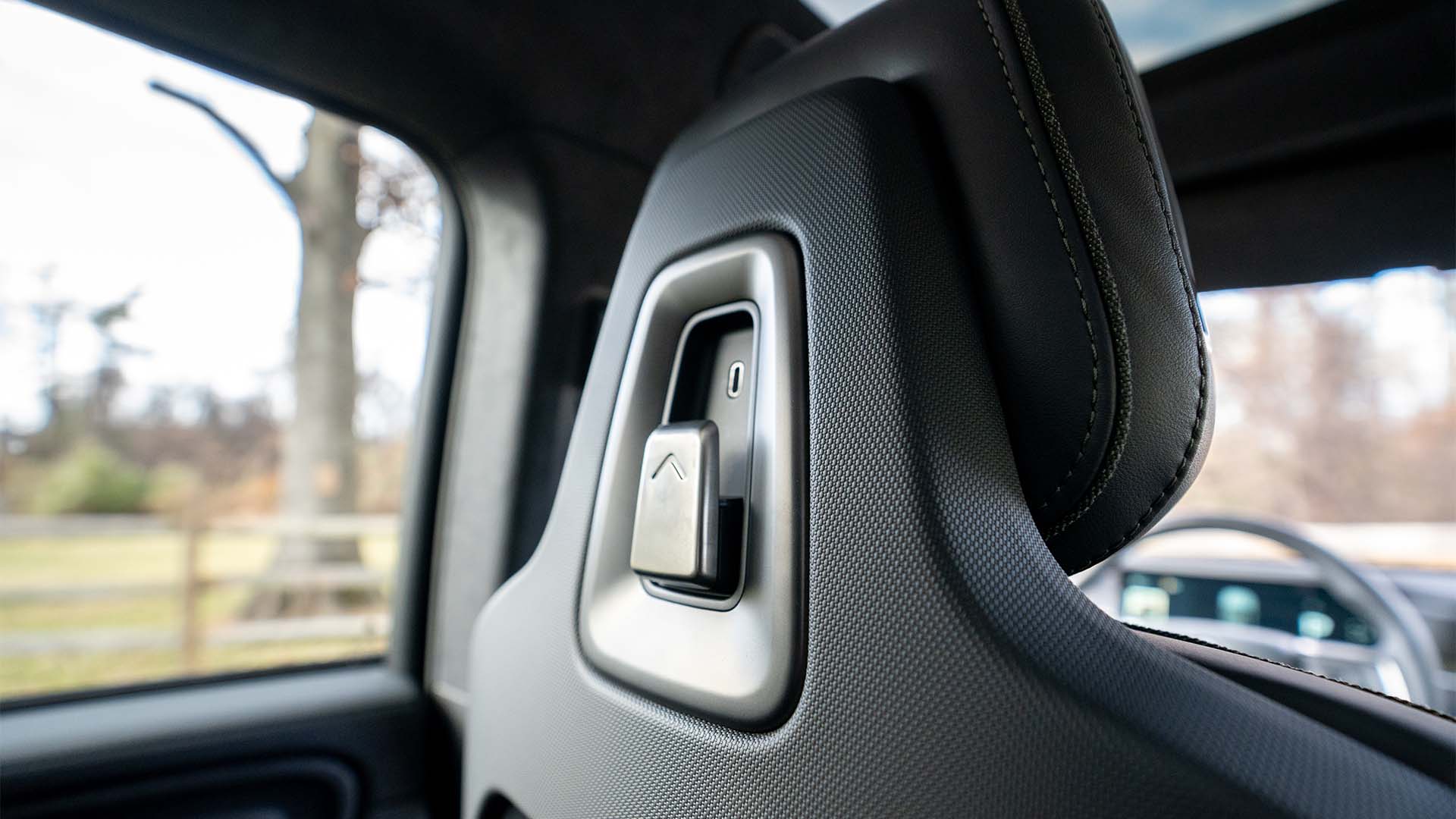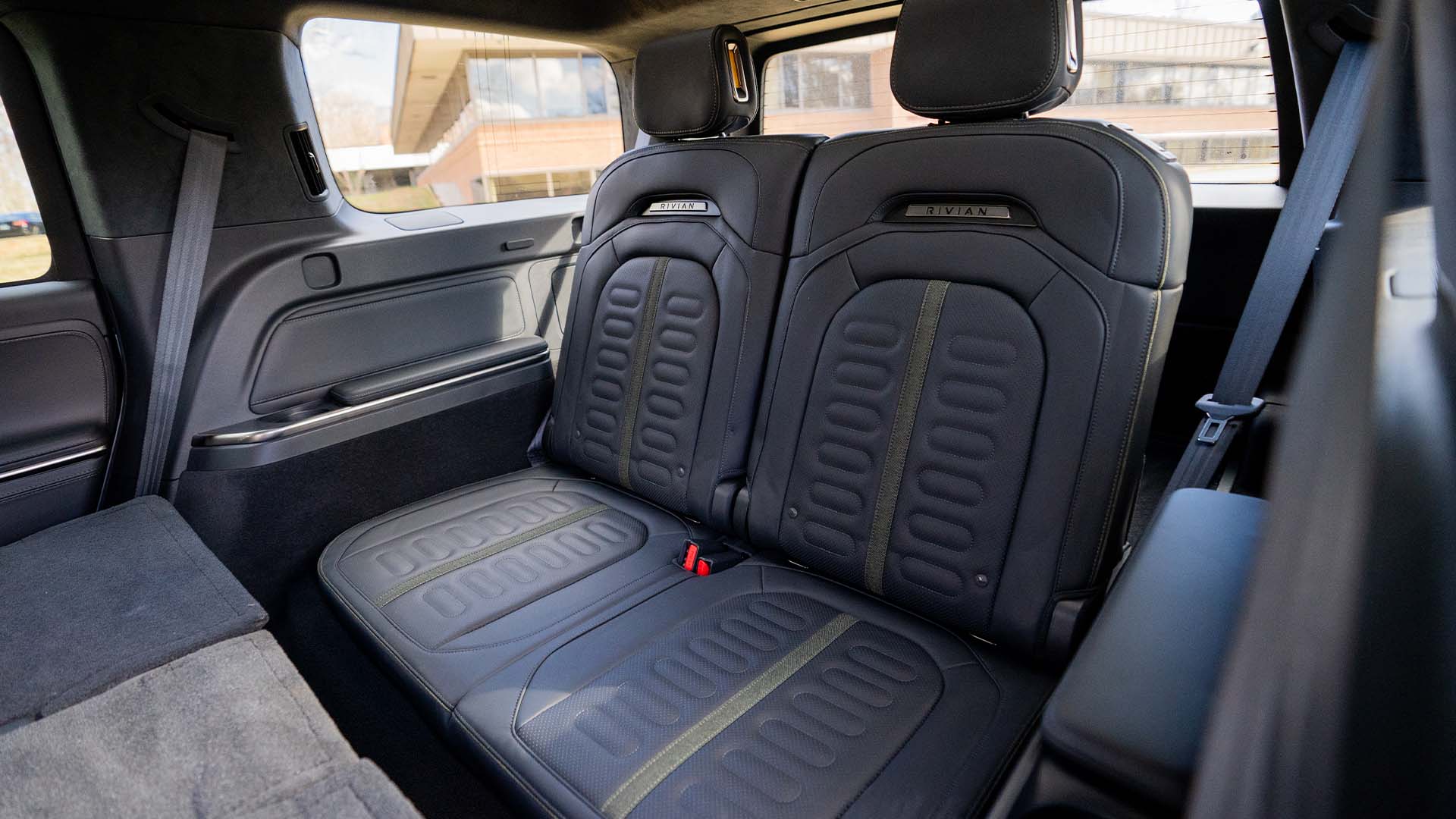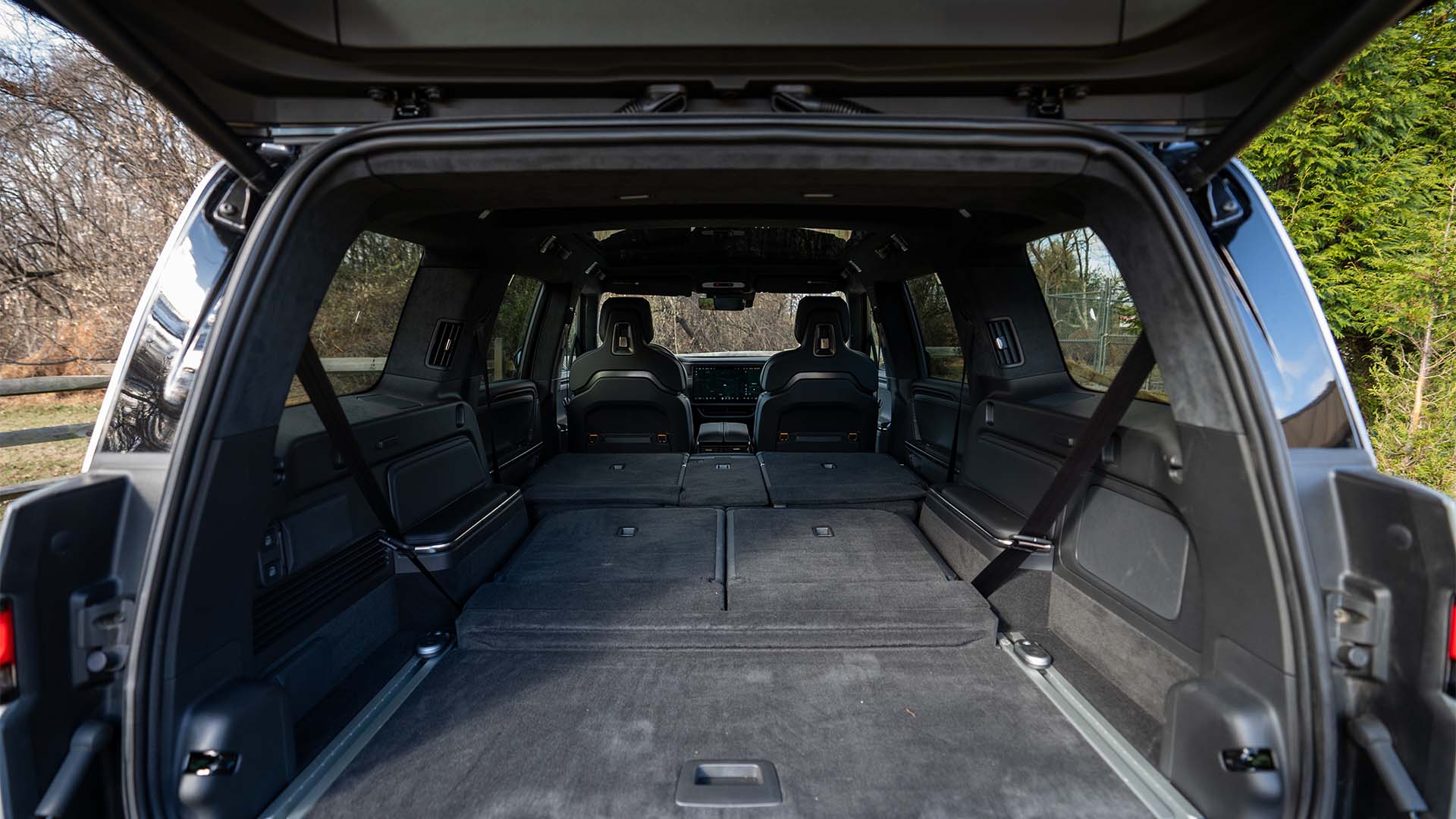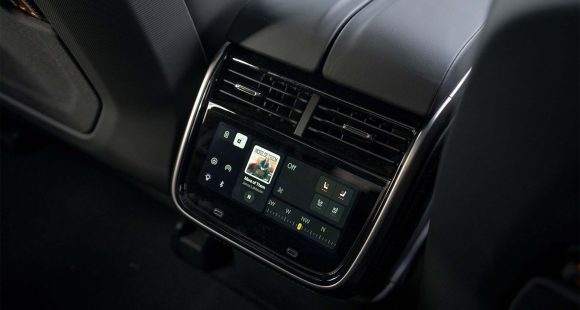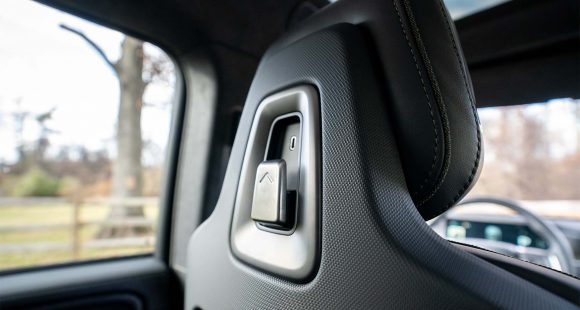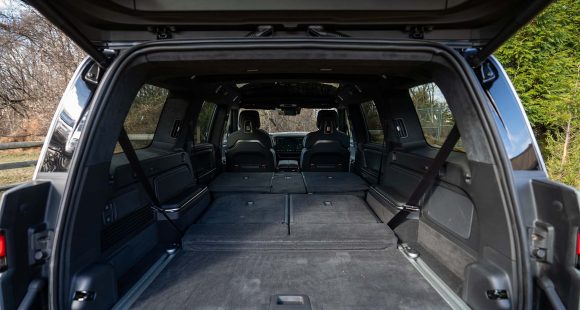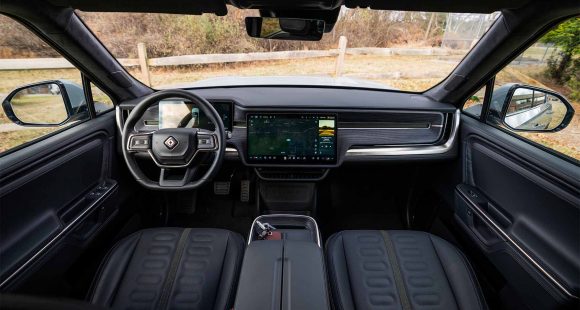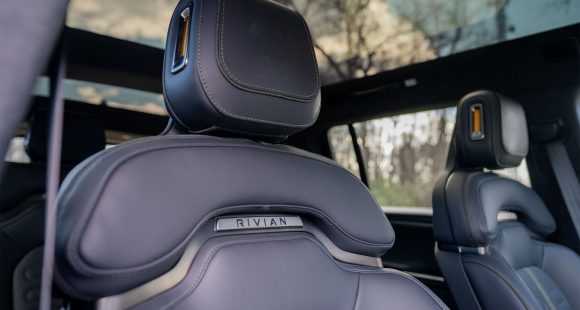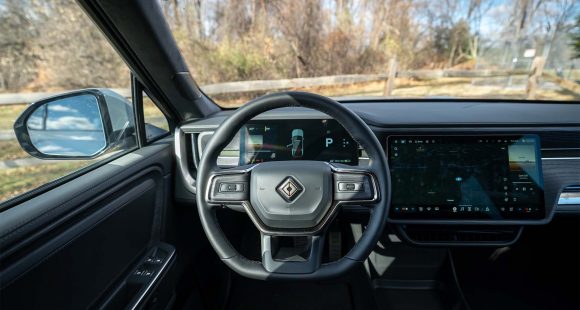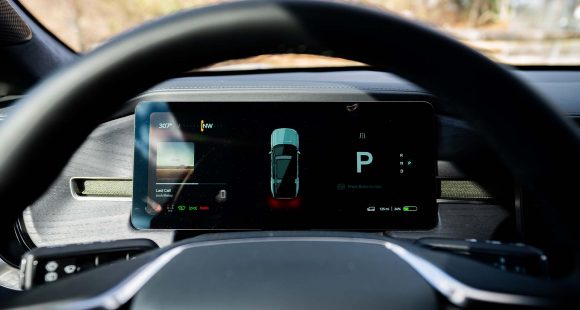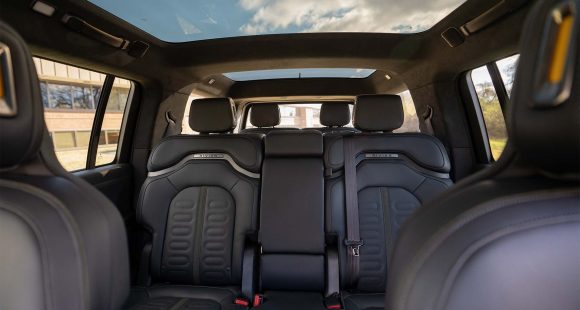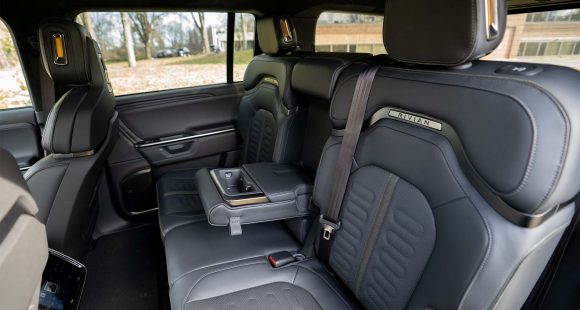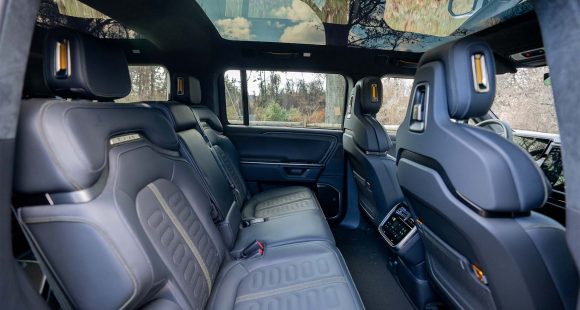2010 Bentley Continental Supersports
Big, graceful, race-bred Bentleys are certainly nothing new. Since the early ‘20s, they’ve earned the company six Le Mans wins and the prestige that goes along with them. Indeed, super-luxurious Bentley four-doors have basked in the limelight for decades now. But, for 2010, Bentley has built a very special coupe, and revived the Supersports name to go with it. So, we jumped at the chance to see just how super it really is.
The 2010 Bentley Continental Supersports’ silhouette is little changed from its less potent Continental stablemates. They all share a 108.1-inch wheelbase and a 189.1-inch overall length, but racy styling cues help this fastest Bentley ever stand out.
A central ‘letterbox’ intake and two vertical apertures in the front fascia feed 10% more air through the Supersports’ radiator and intercoolers. All of the mesh on the front end- from the intakes to the familiar Continental grille to the twin heat extractors in the hood- is finished in the same “smoked steel” as the headlight bezels, 20-inch ten-spoke alloy wheels, and rocker panel trim.
Classic big-coupe good looks have worked just fine for the Continental so far, and the Supersports is no exception. Well-drawn body lines sweep over wider rear fender flares, which accommodate a two-inch wider rear track.
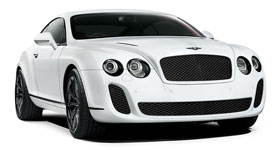 From behind, the Supersports is distinguished by smoked taillights and larger-diameter exhaust outlets set in a narrow black surround. The overall effect is a very menacing Bentley.
From behind, the Supersports is distinguished by smoked taillights and larger-diameter exhaust outlets set in a narrow black surround. The overall effect is a very menacing Bentley.
For motivation, the Supersports relies on the same 6.0-liter, twin-turbo W12 that has been under the Continental’s hood since its debut in 2004. But this time around, there’s 621 horsepower and 590 pound-feet of torque on tap.
That’s a bump of 21 horses and 37 pound-feet over the Continental GT Speed, and a leap of 69 horsepower and 111 pound-feet over the Continental GT. The heavily-revised ZF six-speed ‘Quickshift’ automatic with wheel-mounted paddle shifters is the only available transmission, and it cuts fuel and ignition between gear changes for lightning-quick shifts. In ‘Sport’ mode, they’re almost telepathic.
The extra power hauls a car featuring lightweight wheels, carbon-ceramic brakes, revised aluminum suspension components, and no rear seats. All told, the Supersports weighs in at 4,939 pounds, 243 pounds lighter than the GT Speed.
At the track, it was a velvet sledgehammer. Power builds up fast and smooth, and its baritone around-town burble gave way to a primal roar at wide-open throttle. Our Supersports blazed from a standstill to 60 in 3.9 seconds-that’s eight tenths quicker than the GT-and through the quarter mile in 12.3 seconds at 115 miles per hour, figures that put it in the same league as much more spartan supercars.
Through the slalom, the all-wheel drive Supersports’ revised dampers and anti-roll bars, coupled with its new 40/60 rear-biased torque split, made for quick, neutral responses in corners.
Steering has been retuned too, and we found it to be quick and direct but with little feedback. Being ham-fisted results in understeer, while being overzealous with the gas tipped the Supersports over into power oversteer. For being as big and heavy as it is, however, the Supersports is very agile, with minimal body roll even in high-speed maneuvers.
Those big carbon-ceramic brakes snapped it all to a dead halt from 60 in a very impressive average of 109 feet. The pedal is soft, but travel is short, and stops were stable and fade-free.
For all the dynamic gains on the track, the Supersports loses a little refinement on the road. The ride is somewhat stiffer, but nothing we couldn’t put up with. Bentley-exclusive manually adjustable Sparco sports seats were noticeably thin on padding, but generously trimmed in leather and diamond-pattern Alcantara and still very comfortable.
 The dash largely carries over from the regular Continental, with a substantial center stack and two “wings”- in the Supersports’ case, trimmed in leather and faced in carbon fiber.
The dash largely carries over from the regular Continental, with a substantial center stack and two “wings”- in the Supersports’ case, trimmed in leather and faced in carbon fiber.
The biggest difference from the driver’s seat is the leather three-spoke steering wheel. And, as usual, Bentley has the details perfect, from the Breitling clock and organ-stop vent controls to the drilled alloy sports pedals.
Now, there’s only room for two, but they’ll enjoy standard satellite navigation, front and side curtain airbags, and 10-speaker sound.
As you might surmise, Government Fuel Economy ratings are low: 12 city, 19 highway. Our test loop returned 13.9 miles per gallon on premium gas. But Bentley has become eco-minded. By summer, the Supersports will be the first Bentley that runs on E85, and by 2012, the entire lineup will be FlexFuel capable. Available now in very limited numbers, the Supersports starts at $272,195 including a $2,600 gas guzzler tax.
The 2010 Bentley Continental Supersports delivers such astonishing performance that the slight ride penalty is easily overlooked. It’s more like its famous racer namesakes than any road-going Bentley ever built, and is indeed a fitting tribute to those proud Winged ‘B’ warriors.
Specifications
- Engine: 6.0-Liter, Twin-turbo W12
- Horsepower: 621
- Torque: 590 Lb Feet
- 0-60 MPH: 3.9 Seconds
- 1/4 Mile: 12.3 Seconds @ 115 MPH
- 60-0 MPH: 109 Feet
- EPA: 12 MPG City/ 19 MPG Highway
- Mixed Loop: 13.9 MPG
2025 Rivian R1S
Major Reboot for Rivian R1S
With just about every mainstream carmaker now onboard with battery-electric vehicles, EV-only brands are hoping there are still plenty of people out there willing to think outside the box. So, let’s see if Rivians latest R1S utility can make the case for taking the EV road less traveled.
Big changes have happened in the short time since the Rivian R1S first hit the streets three years ago. As for 2025, there are updates that touch just about every aspect of the vehicle. Yes, despite looking almost exactly the same outside, Rivian claims that beneath the surface, their entire electrical architecture has been significantly updated, eliminating a whopping mile and a half of wiring and 10 computer assemblies, allowing for more efficient operation.
But look closely and you will see their signature vertical oval headlights are updated with a new matrix of LED lights that can cycle individual elements on and off to provide maximum illumination where you need it without distracting oncoming drivers.
Not much change in the look of the interior either, but the synthetic leather upholstery is still very nicely done, though most touchpoints feel more rugged than luxury minded. With the exception of a couple controls on the steering wheel, you do still have to do almost everything on the R1S’s 15.6-inch touchscreen, but the user interface has been improved. So, while we do wish they could have reverse-engineered a knob or two into the mix, we realize full touchscreen interface is just what people expect in their high-end EVs these days, and at least it works better than before. And the gauge display still wows you with the amount of information it displays and is mounted high enough that no additional head-up display is needed. A new Rivian Autonomy Platform uses 11 cameras, five radars and A.I. for self-driving, or just to monitor what’s going on around the vehicle even when it’s parked.
This [EV] really feels fast, sitting you up high and throwing you back in your seat with authority.
Rivian has also given the R1S a substantial suspension revision with new spring rates, bushings, and mounts; along with new tuning for the adaptive dampers and roll-mitigation system. It does provide a more balanced street attitude, but it still rides like a truck. That’s great if that’s the experience you’re looking for; not as ideal if you’re looking for more of the smooth luxury-style treatment.
All R1Ss are all-wheel drive, but there’s a wide variety of powertrain options including a new Tri-Motor setup. Outputs range from the standard Dual-Motor’s 533 horsepower to the Quad-Motor’s impressive 1,025. There are several battery packs as well, delivering as much as 410 miles of range, giving the R1S the highest rating of any SUV on the market right now. Our Adventure trimmed tester featured the 665-horsepower Performance version of the Dual-Motor arrangement, with the Max battery and 20-inch wheels with all-terrain tires.
Theoretically, that setup is rated for 370 miles, but perhaps we were enjoying the “performance” theme too much as our results were well short of that, using 68% of the battery to drive only 189 miles, putting our estimated range around 278 miles. Using 43 kilowatts of electricity for every 100 miles earns the R1S a fair efficiency rating.
But all was forgiven at our Mason Dixon test track when this Rivian started blasting us to 60 in 3.8 seconds. Yes, there are faster EVs, but this one really feels fast, sitting you up high and throwing you back in your seat with authority, while the rear of the truck squats down substantially before hurling you off the line and down the track. Power delivery stayed strong the entire time, cranking away until we cleared the quarter-mile in 10.5 seconds at 108 mph.
Despite this utility’s substantial size and weight, we were able to keep a pretty fast pace through the cones of our handling course. The all-terrain tires obviously didn’t grip the pavement as well as all-seasons would, but the low center of gravity kept things very flat. Yes, it does feel very heavy, but the brakes were more than up to the task, stopping us from 60 mph in a very short 103 feet with surprisingly little nosedive and no fade.
Pricing starts at $77,700 for the Dual-Motor with Standard battery pack; our Dual-Motor Performance with the Max battery and All-Terrain Package came in just over $102,000.
While Rivian has had great initial success; sustaining that success will be a much tougher task. But, if they continue to put as much effort into improving their products as they have here with the 2025 R1S, we think their winning streak will only accelerate.
Specifications
As Tested
- Motor Setup: Dual Motor
- Battery Size: 141.5 kWh
- Horsepower: 665
- Torque: 829 lb-ft
- EPA Range: 370 miles
- 0-60 mph: 3.8 seconds
- 1/4 Mile: 10.5 seconds at 108 mph
- Braking, 60-0 (avg): 103 feet
- MW Test Loop: ~278 miles








